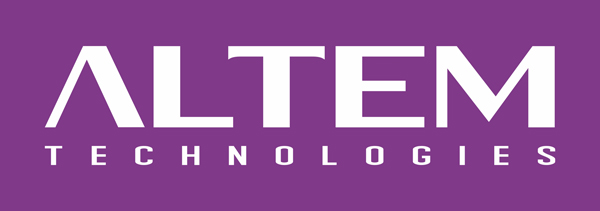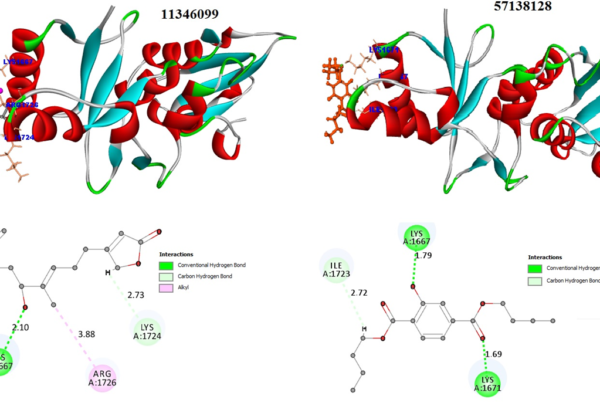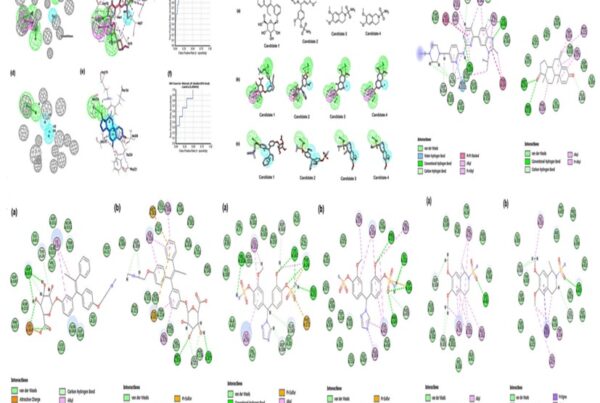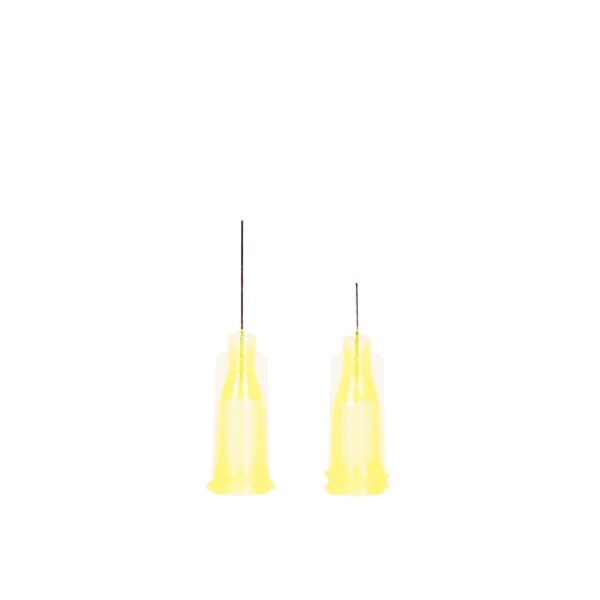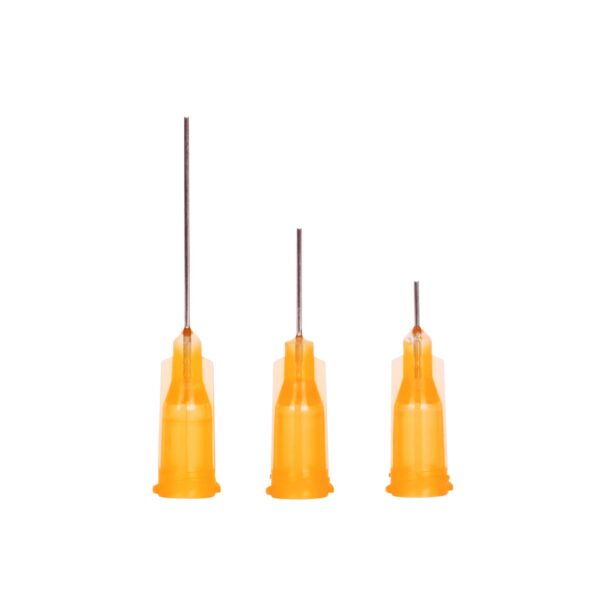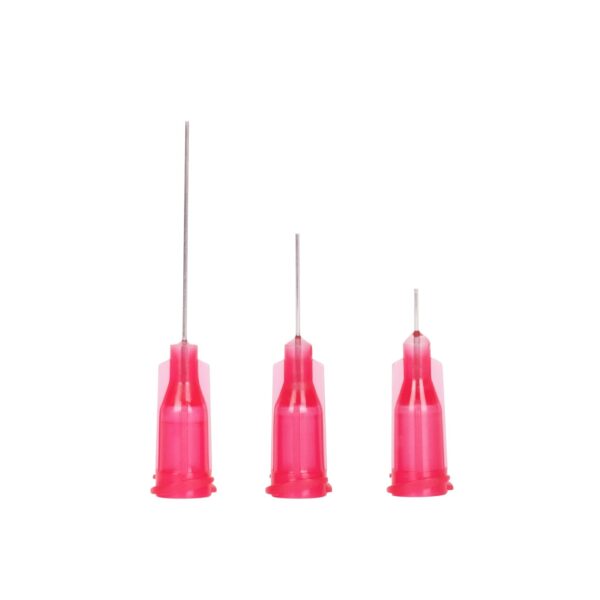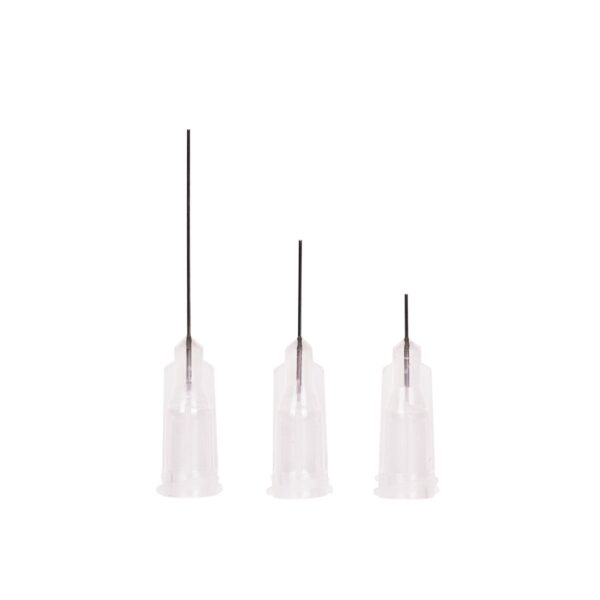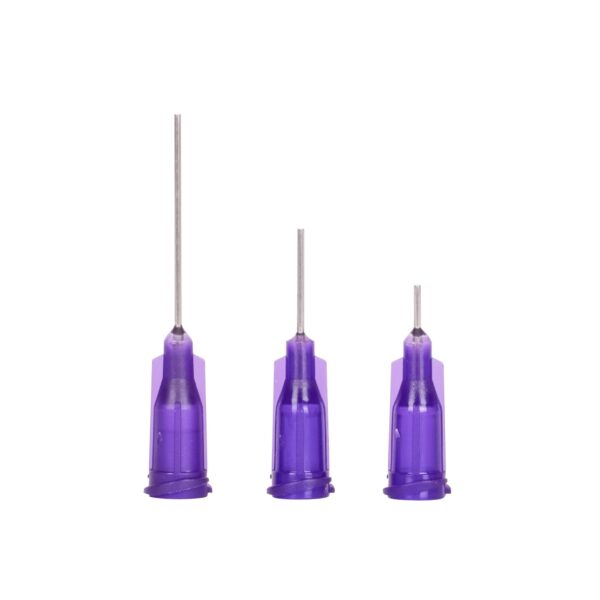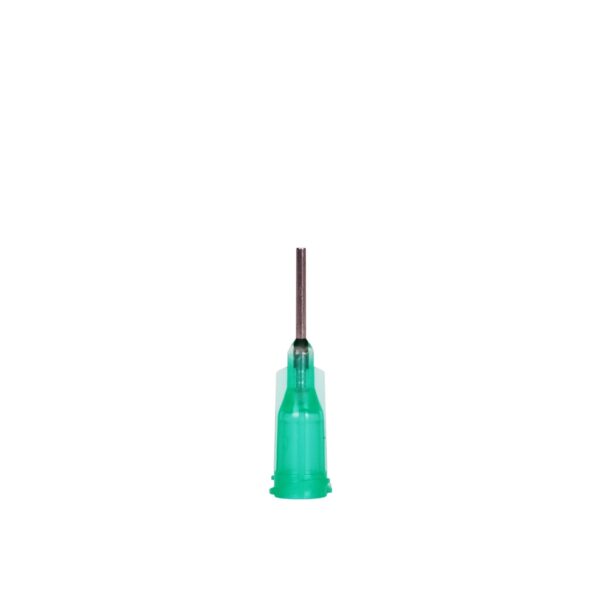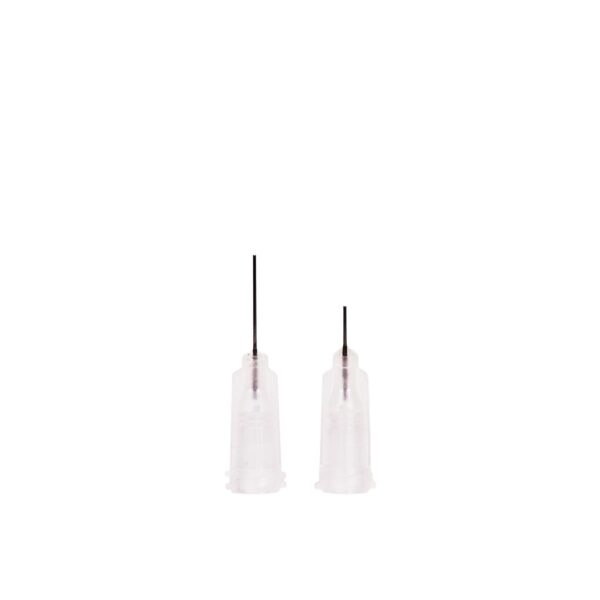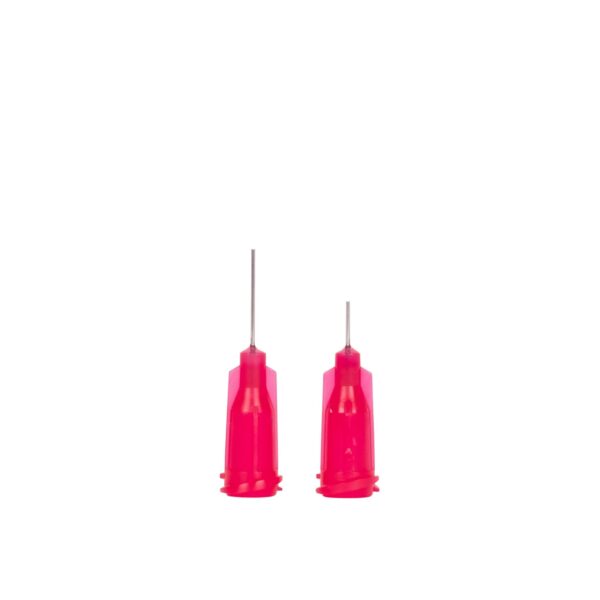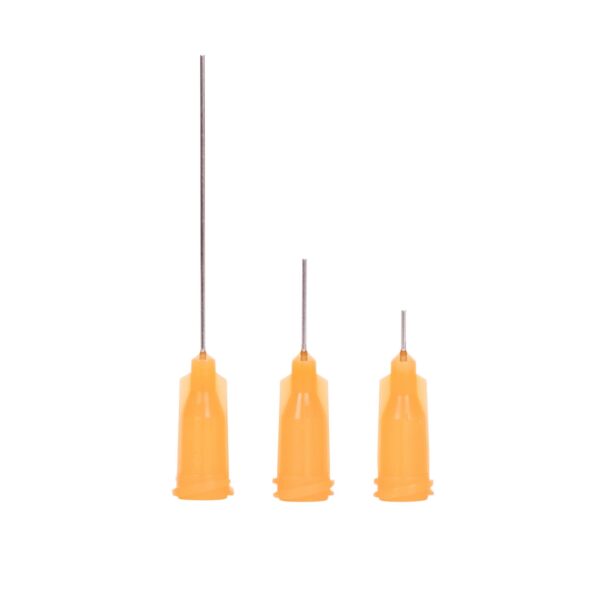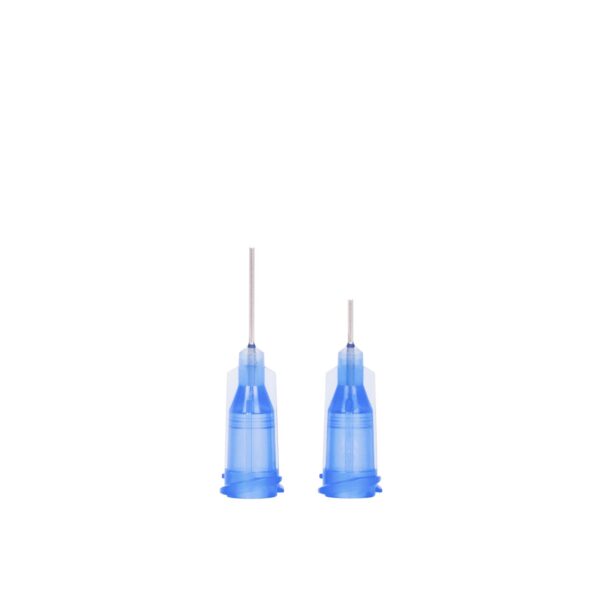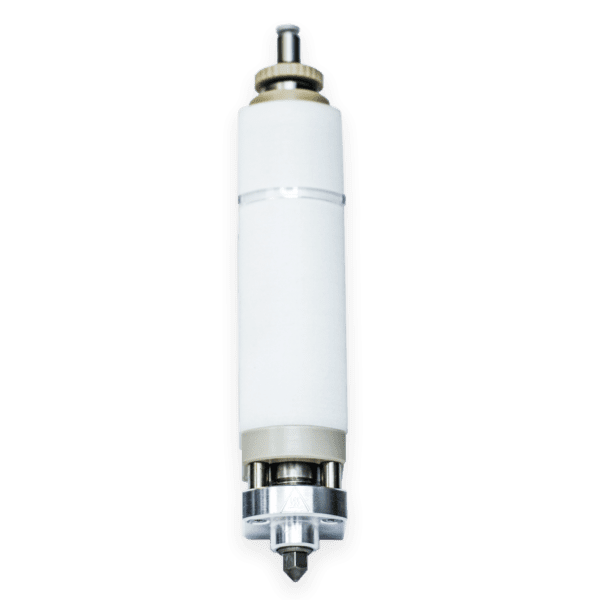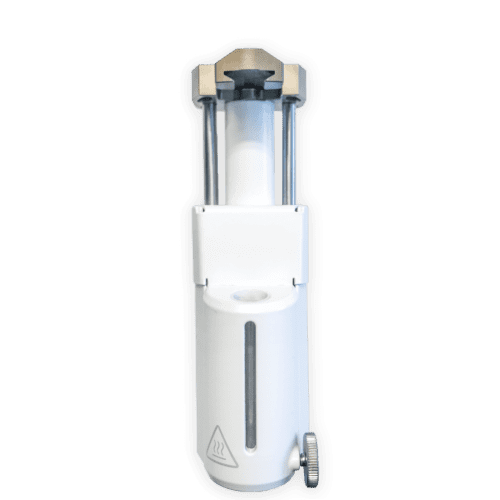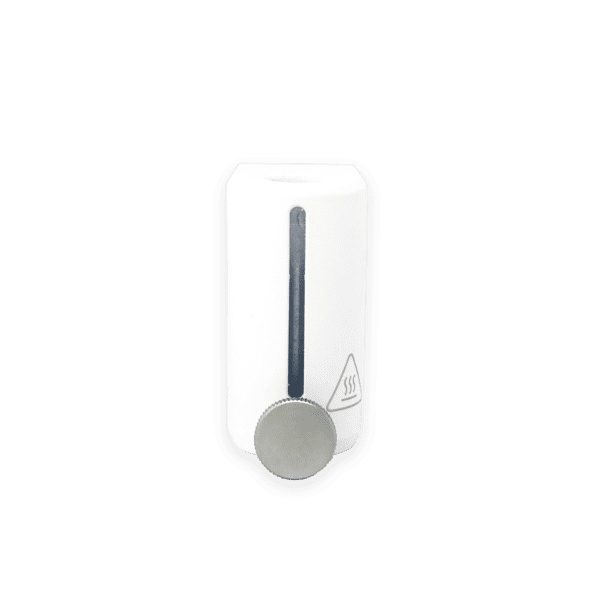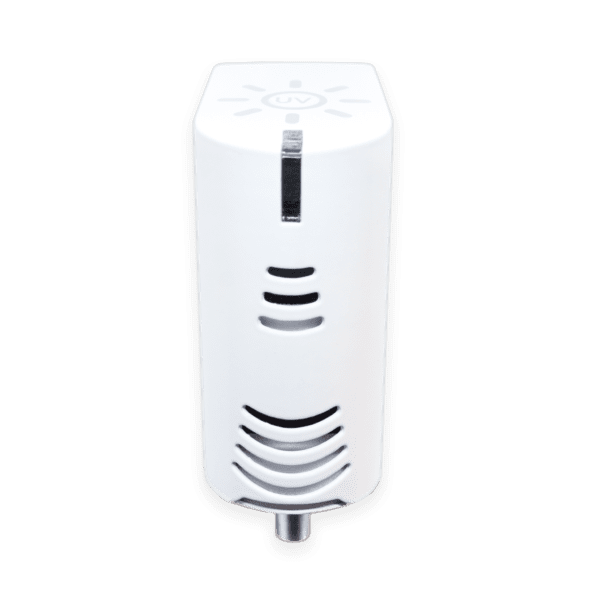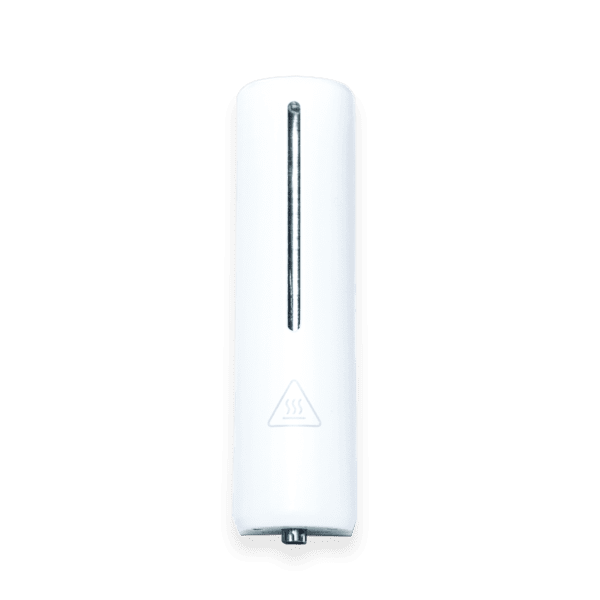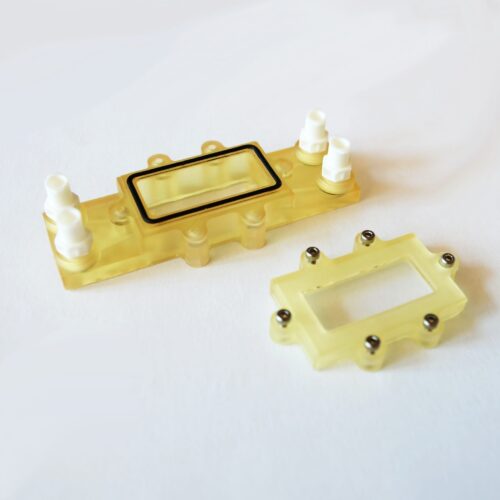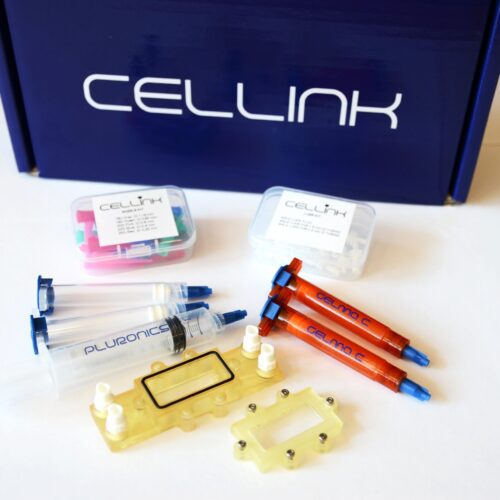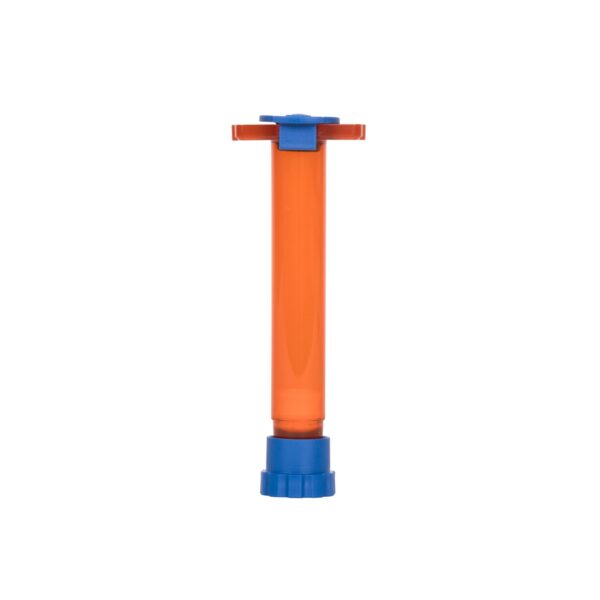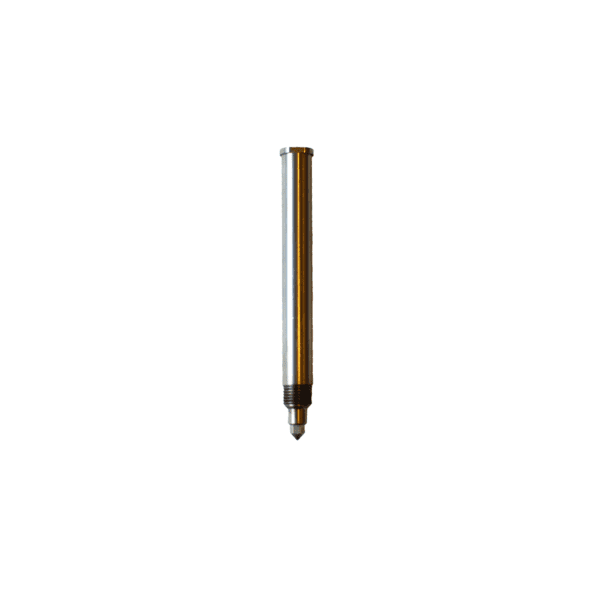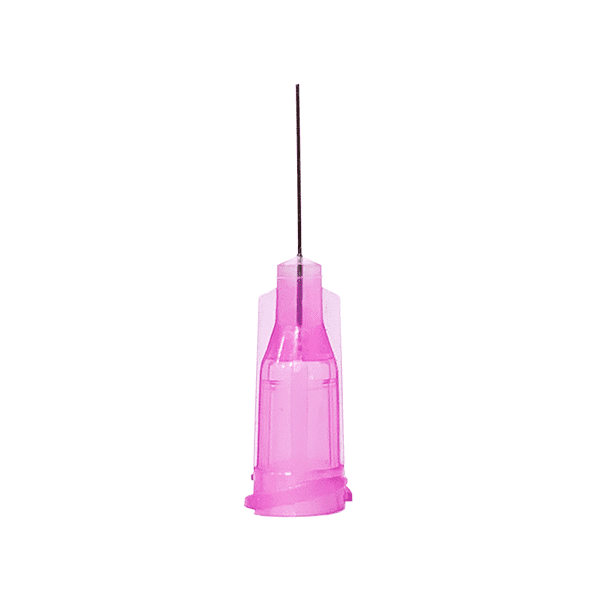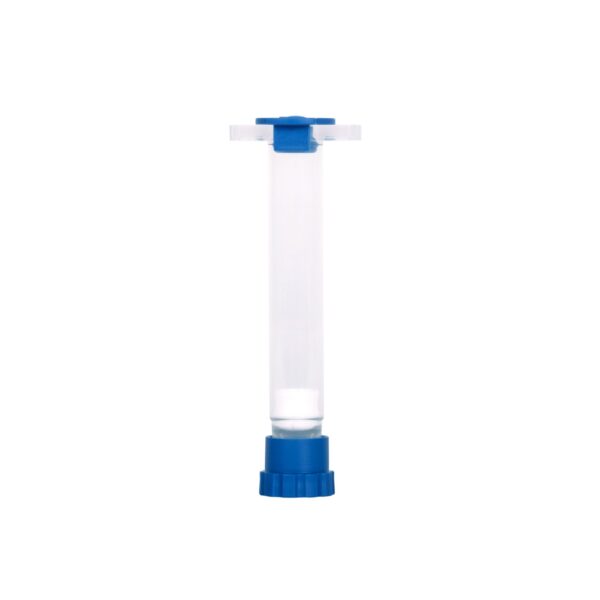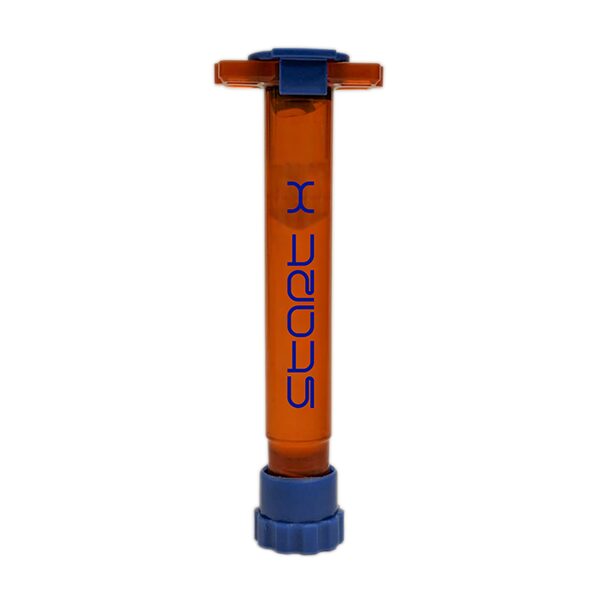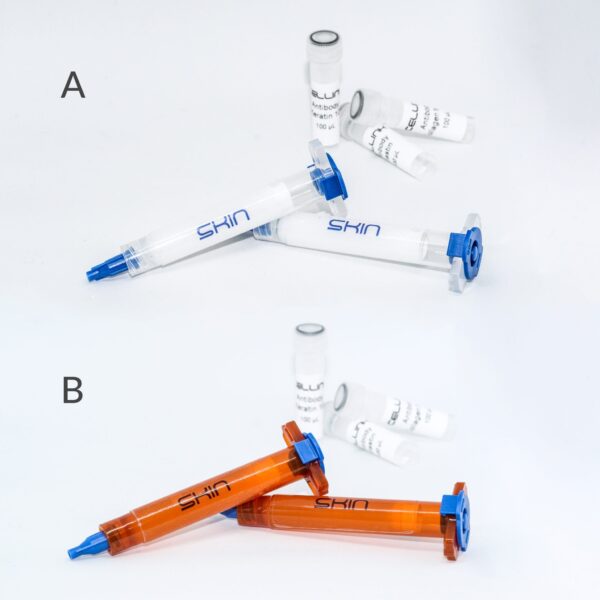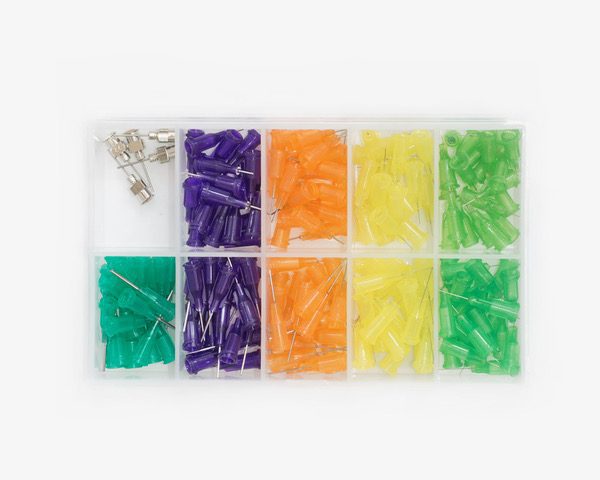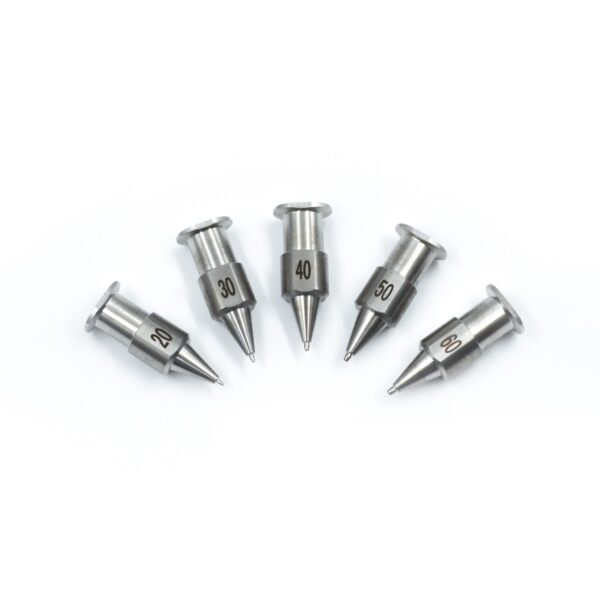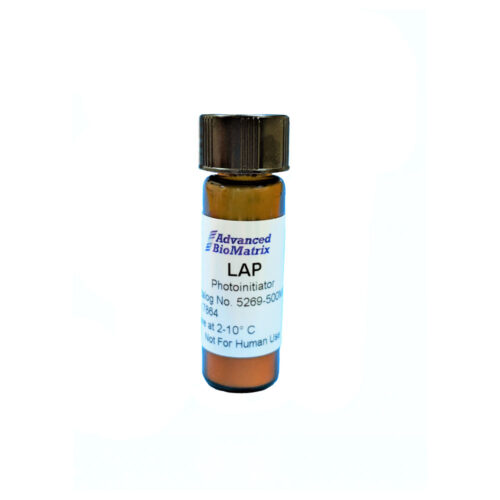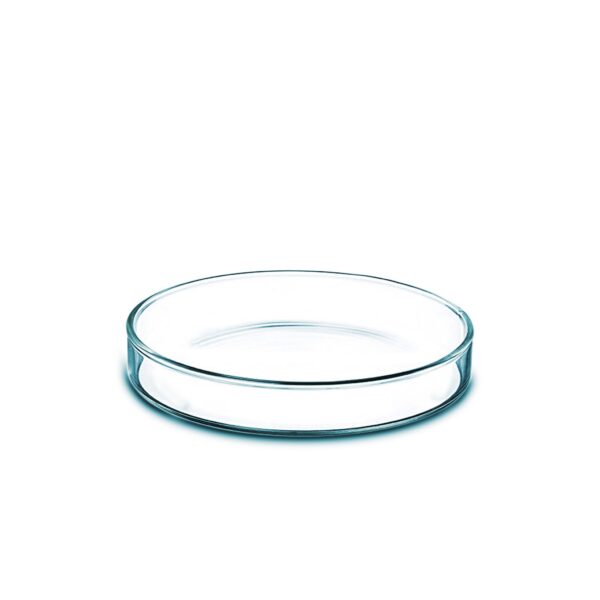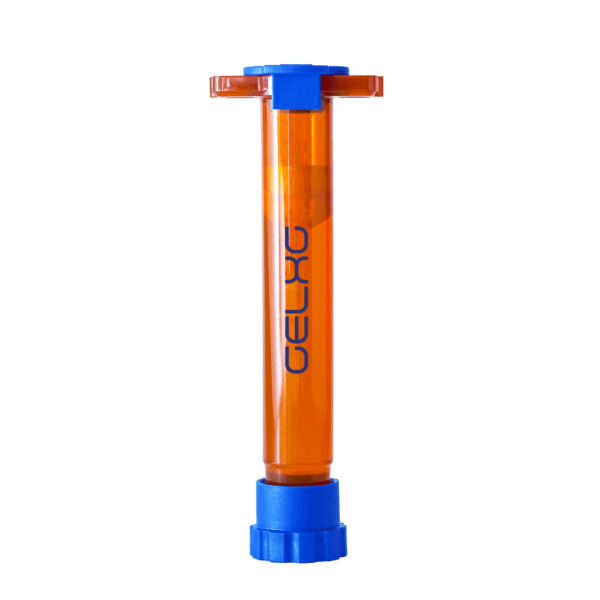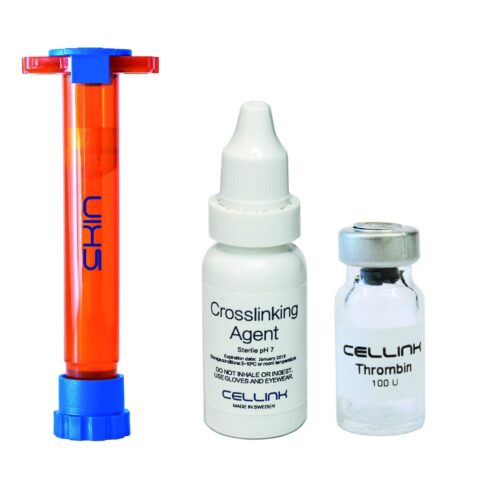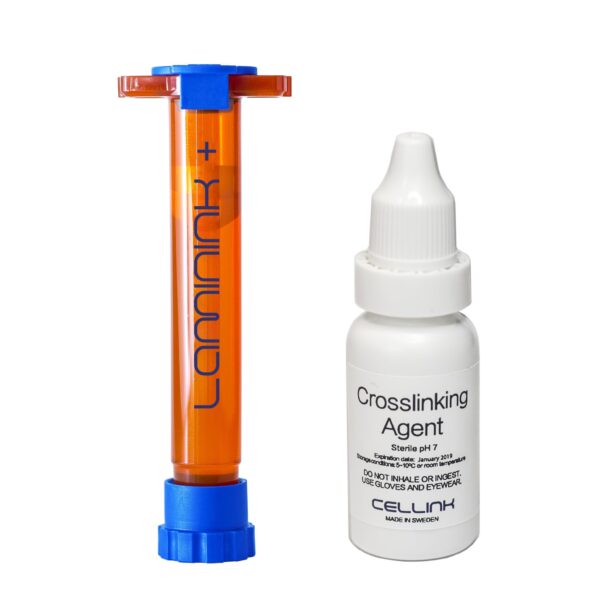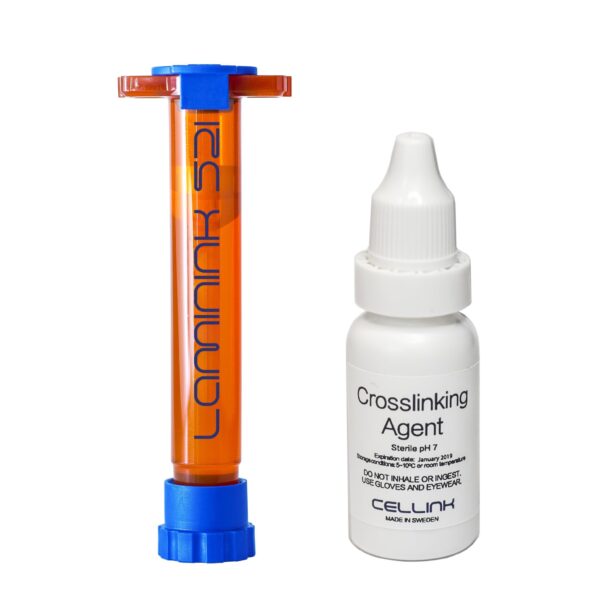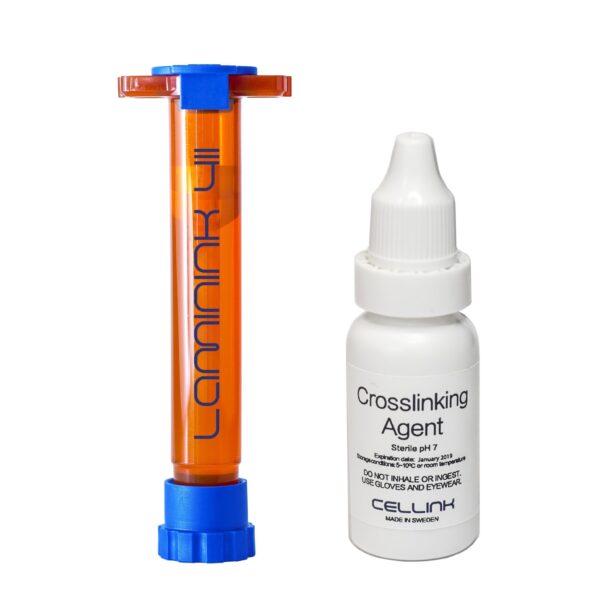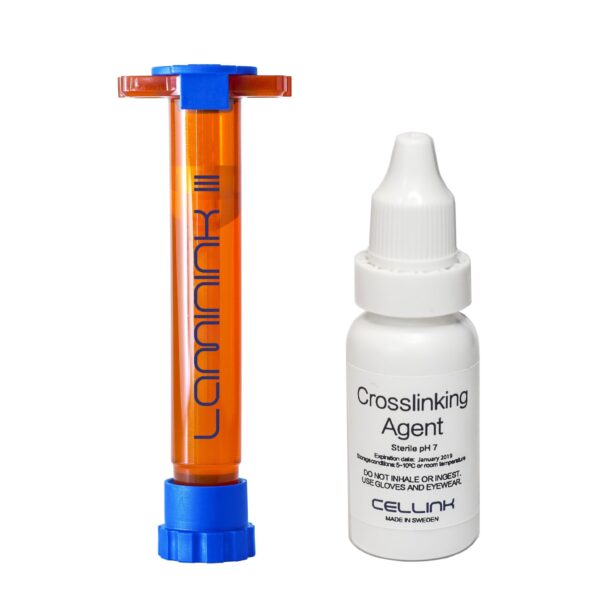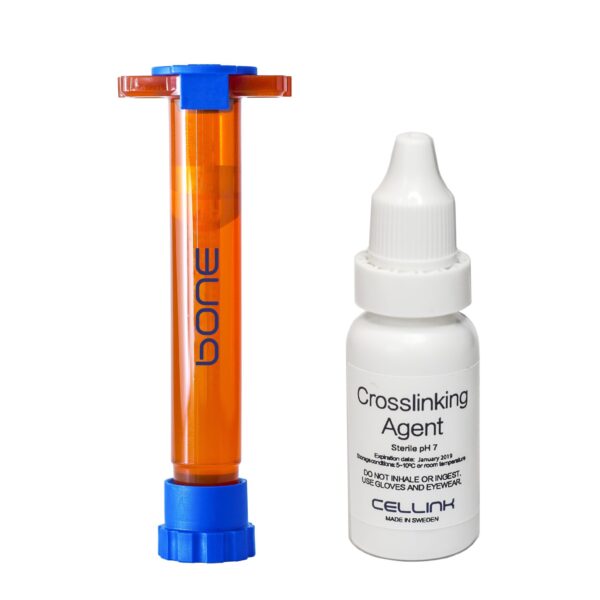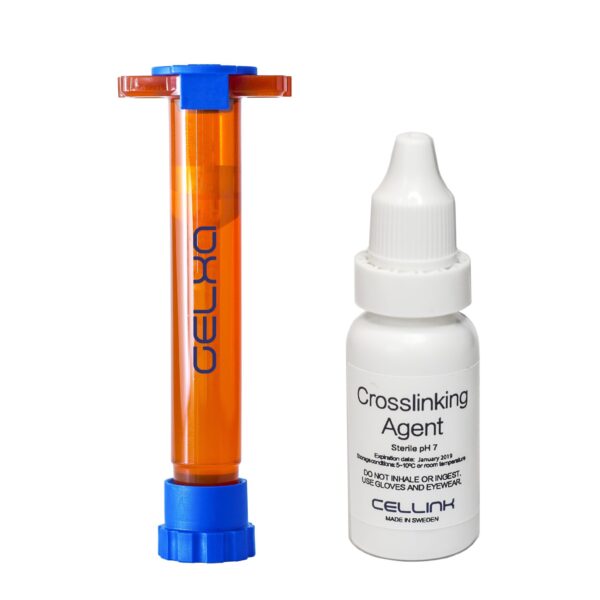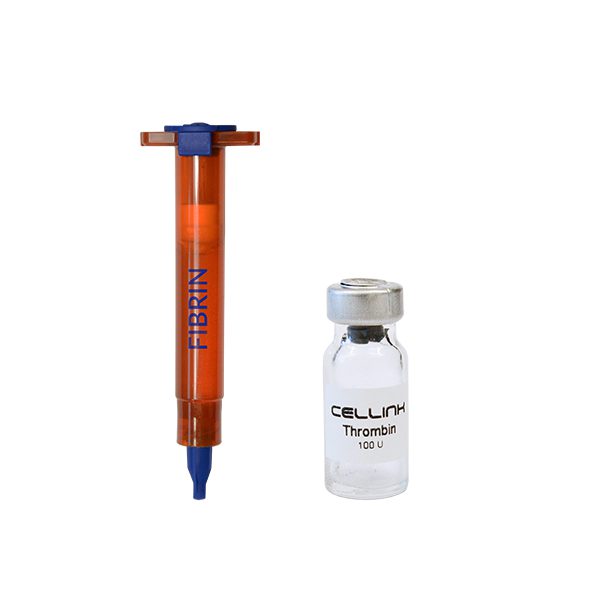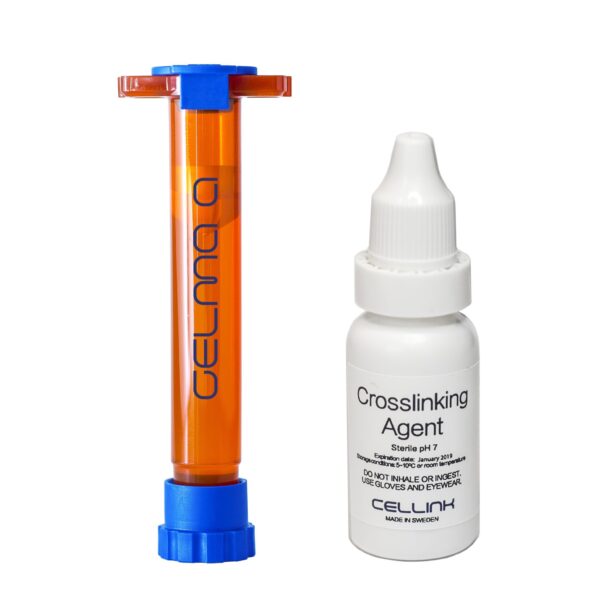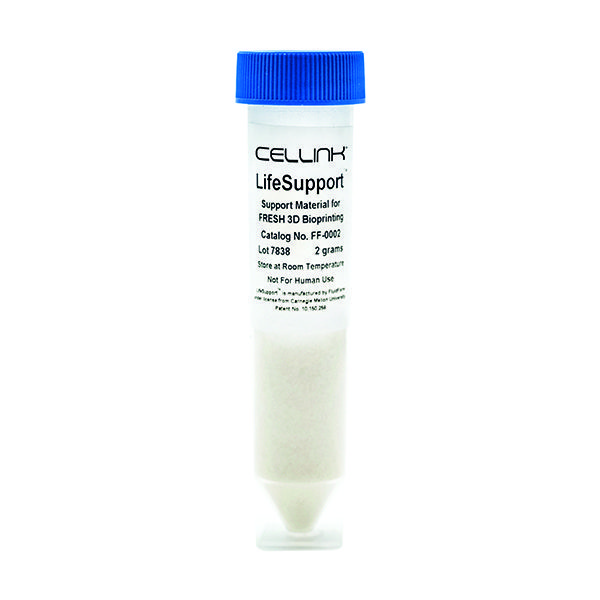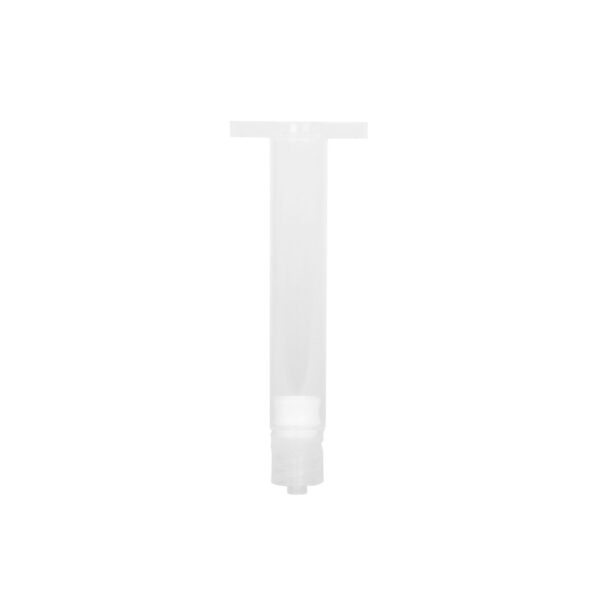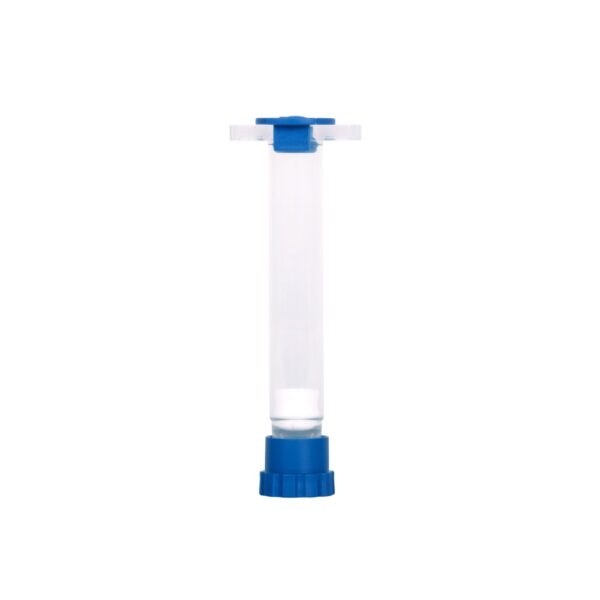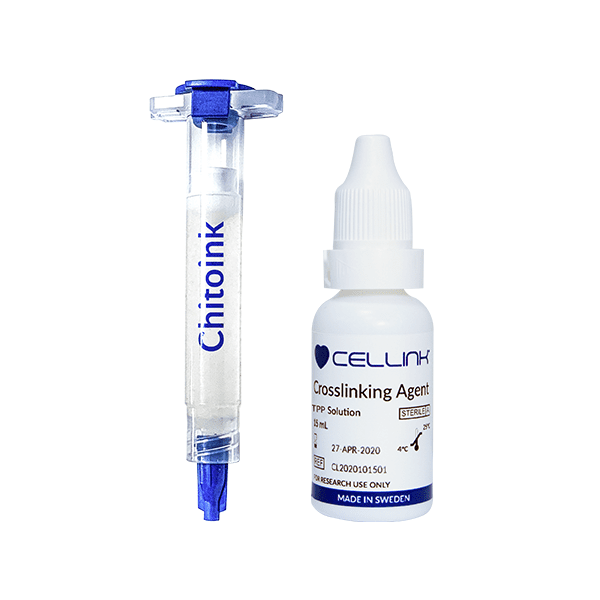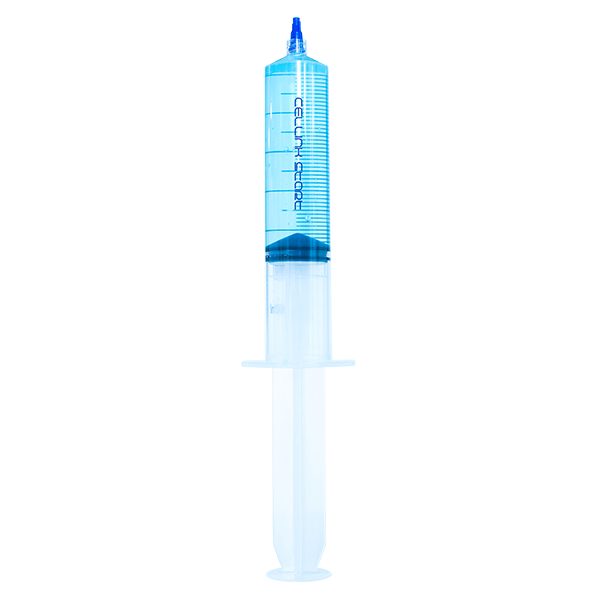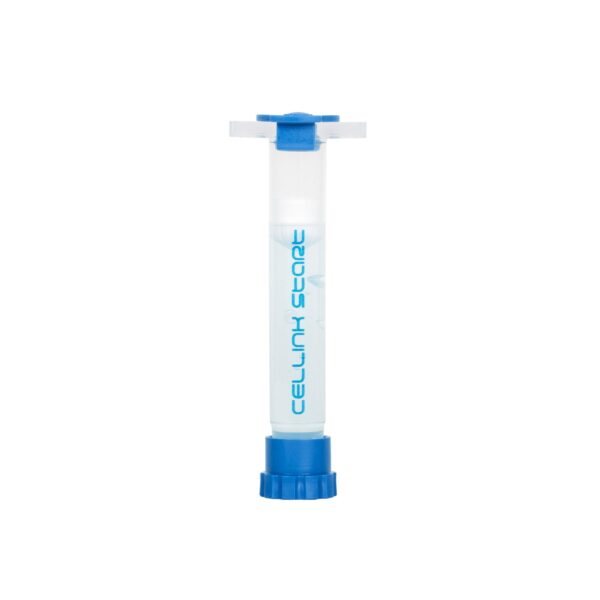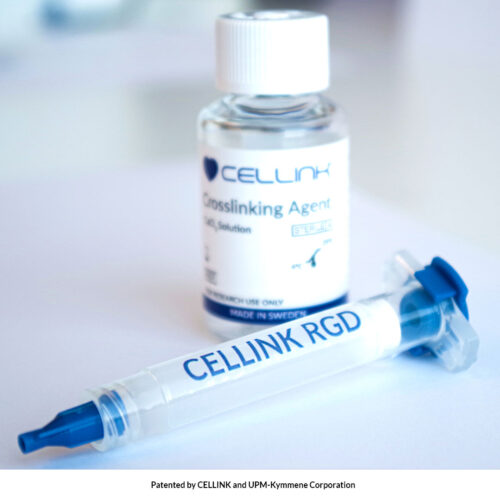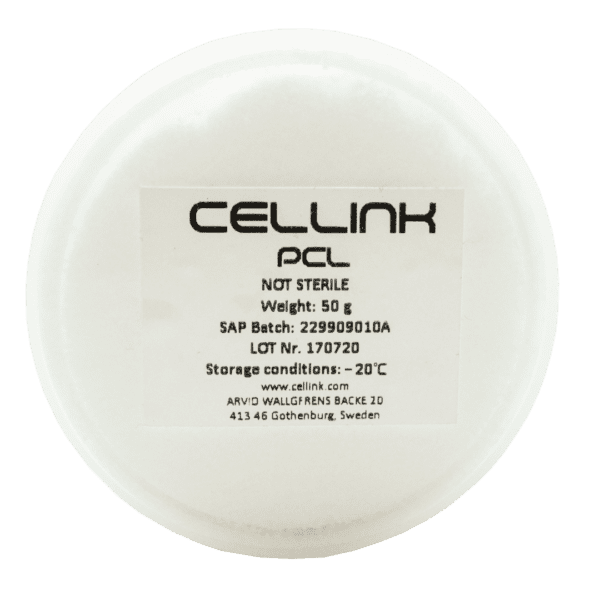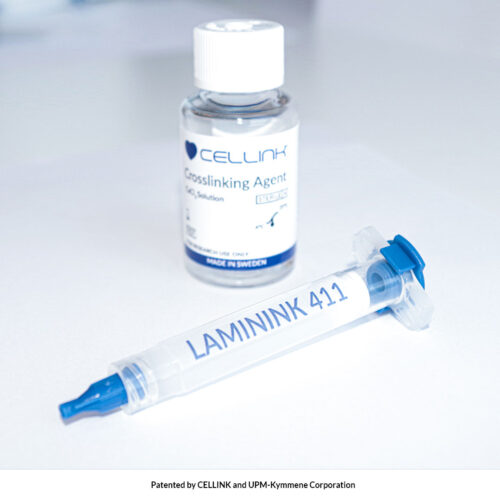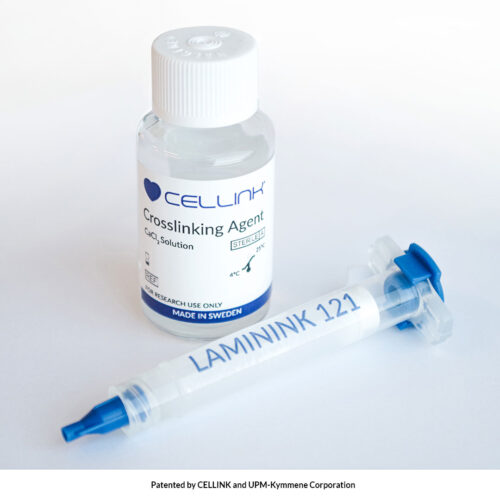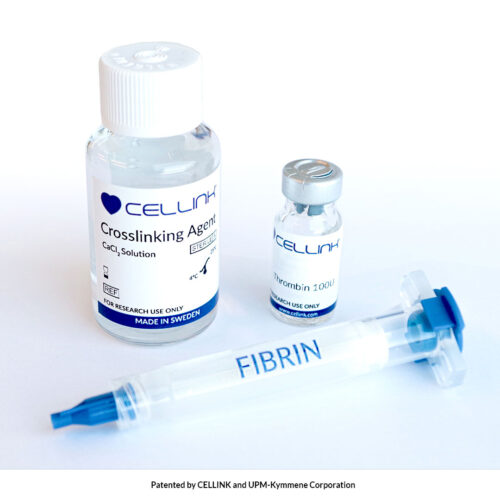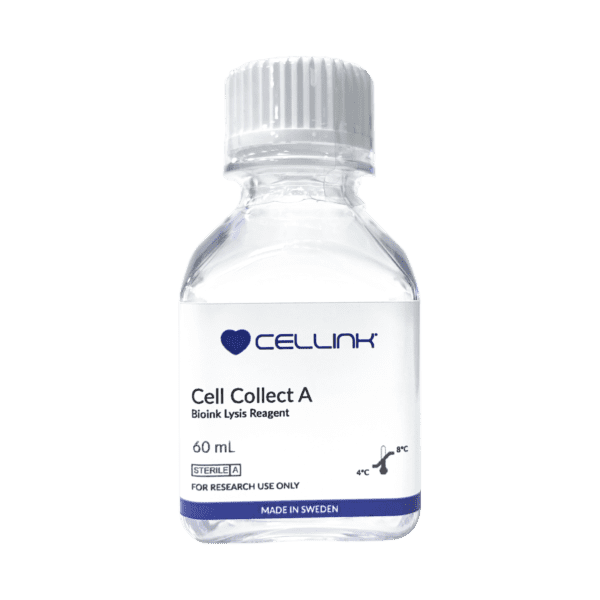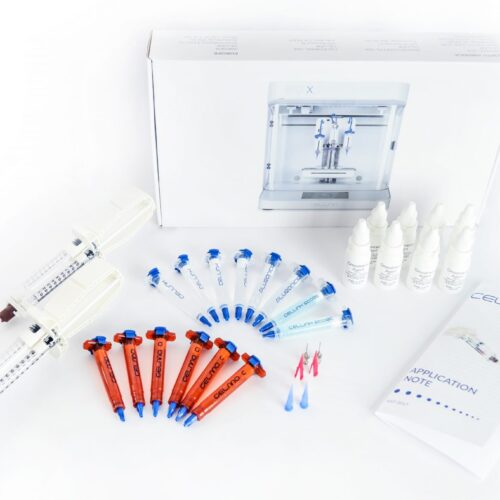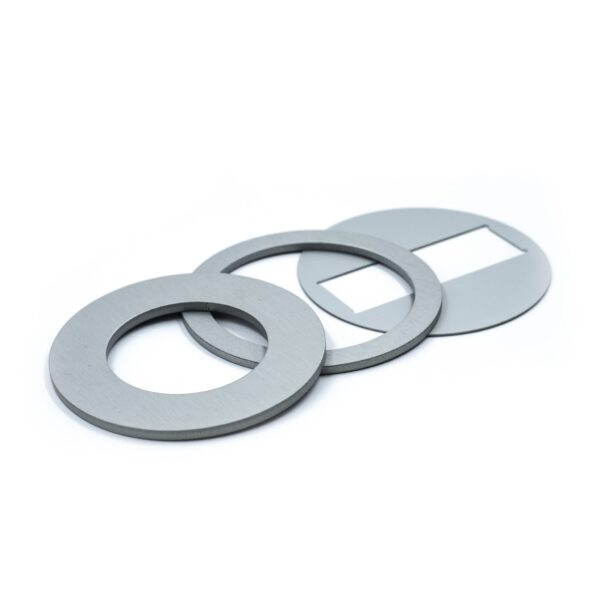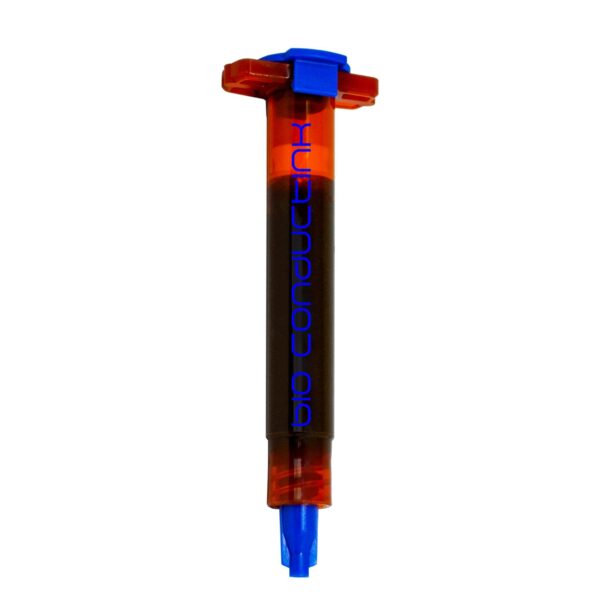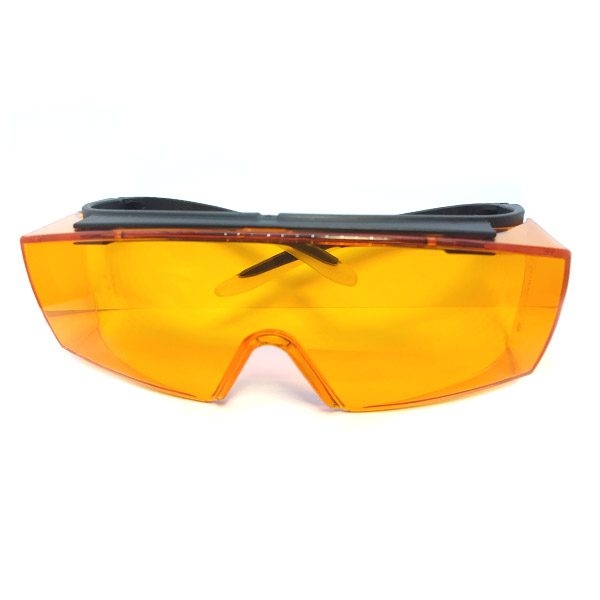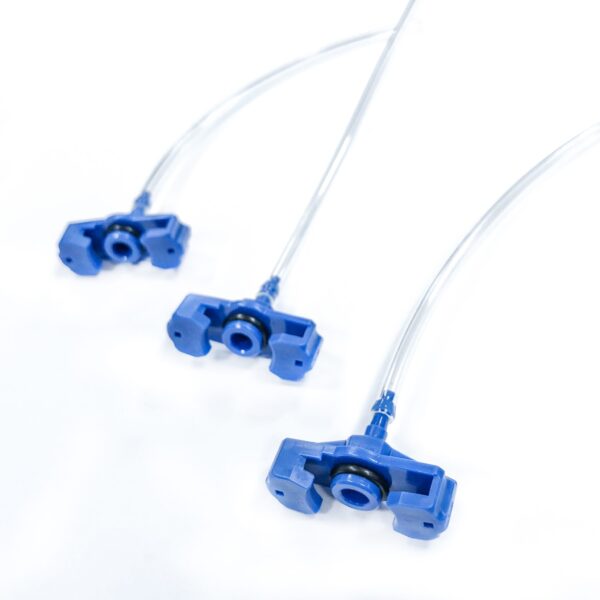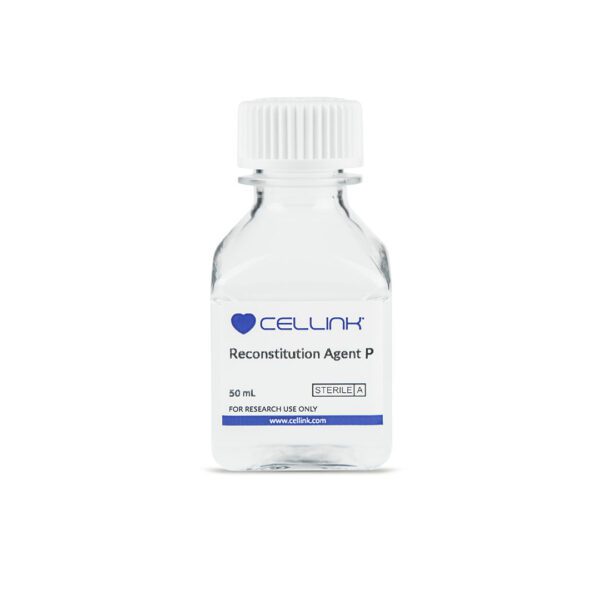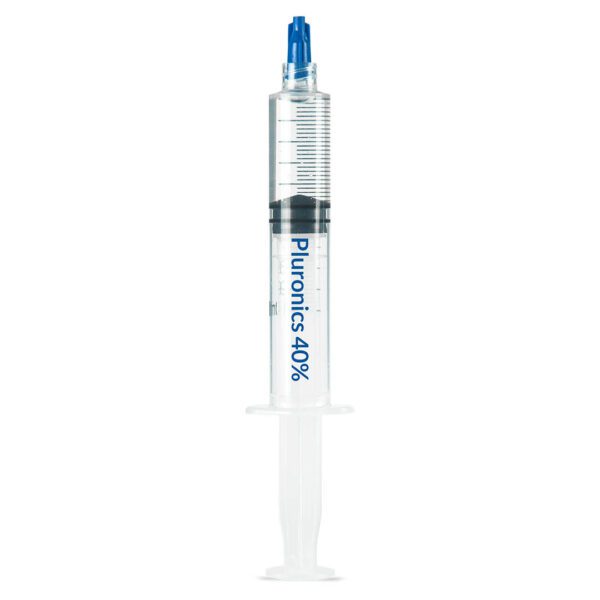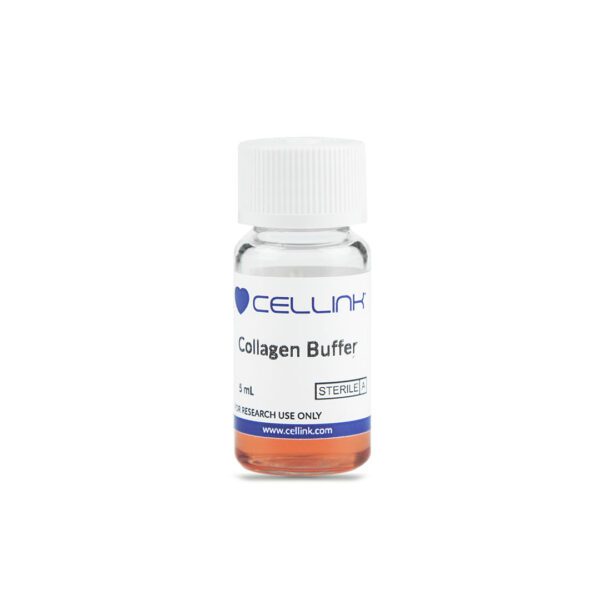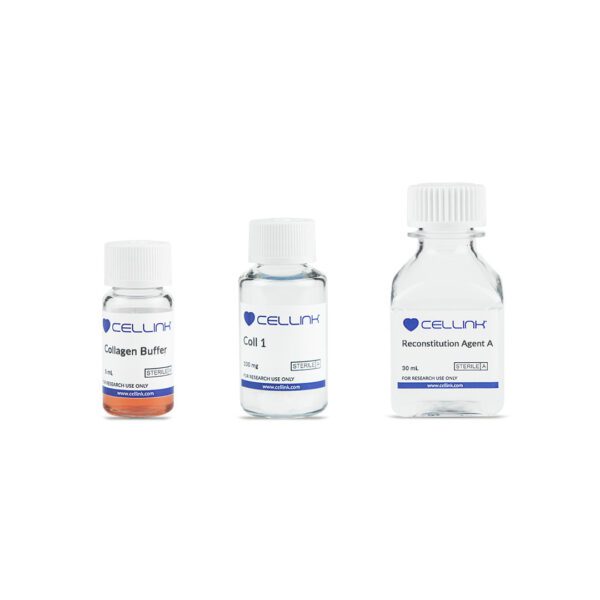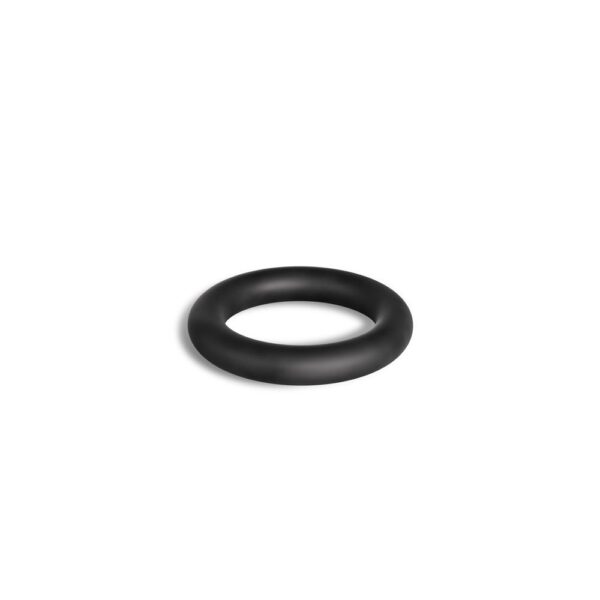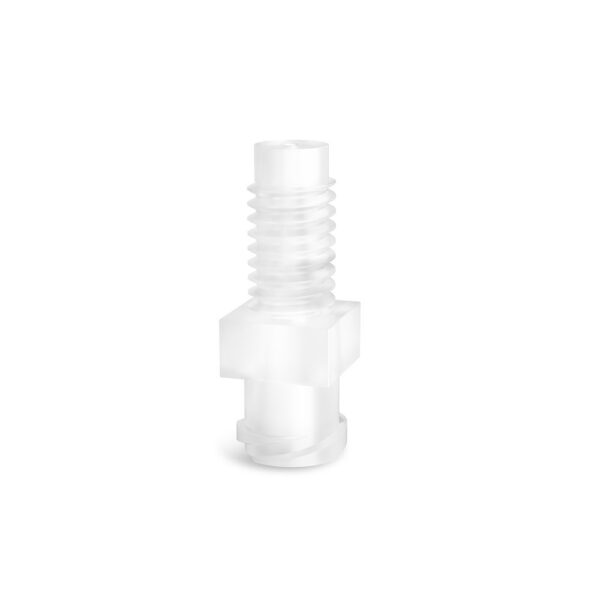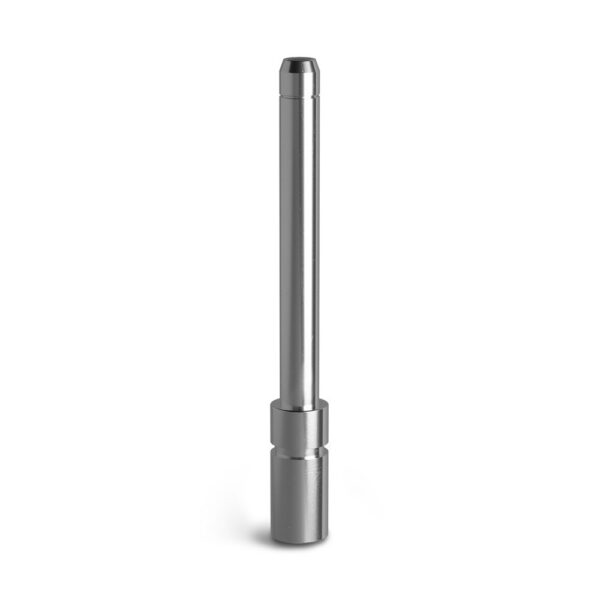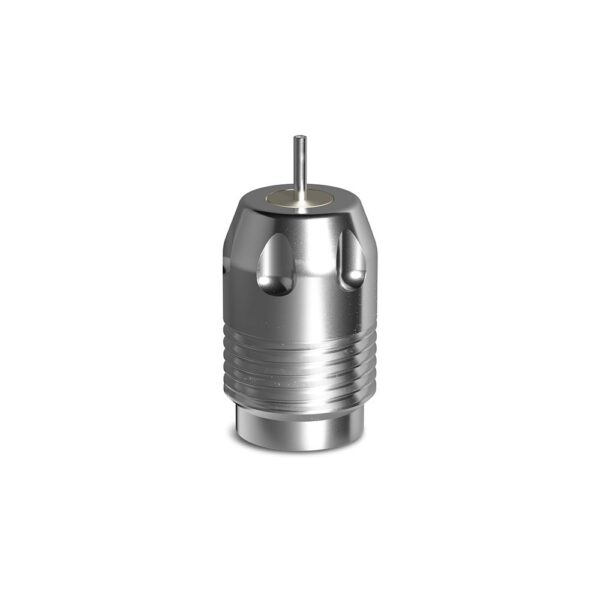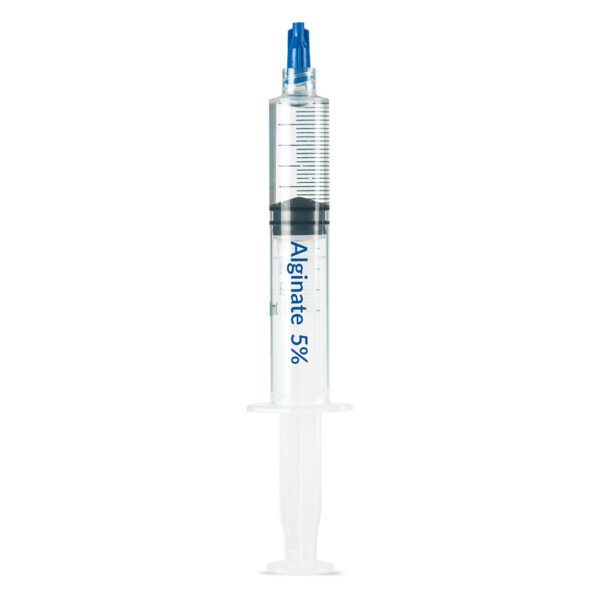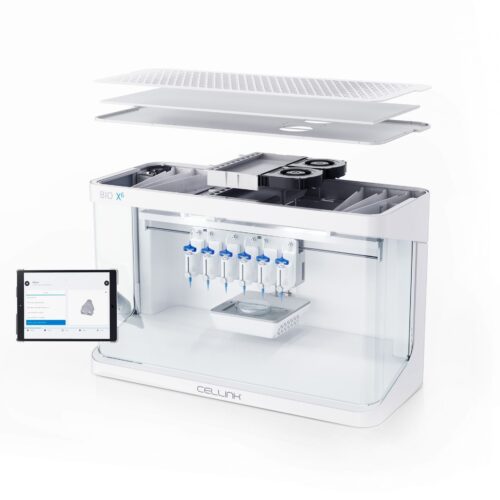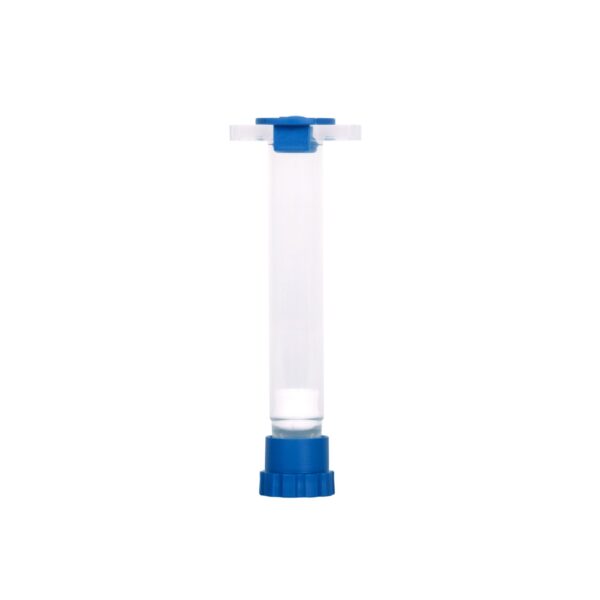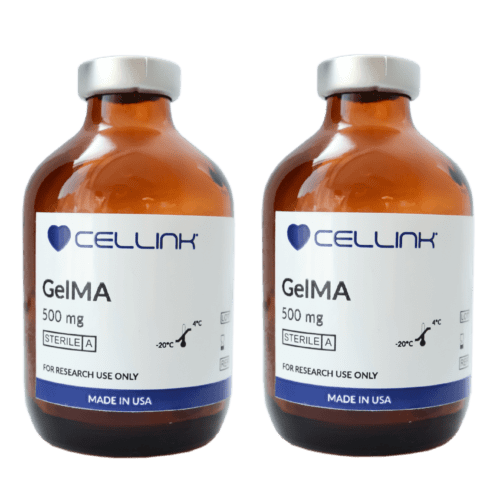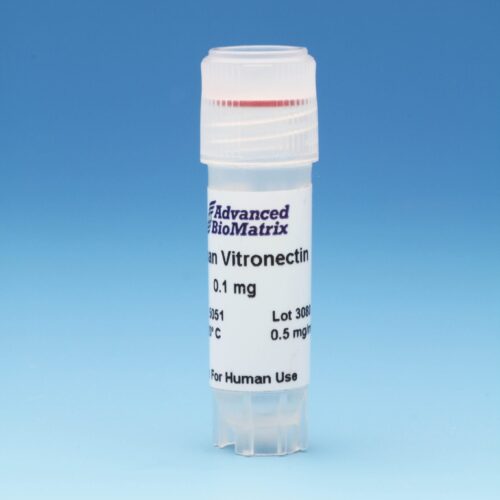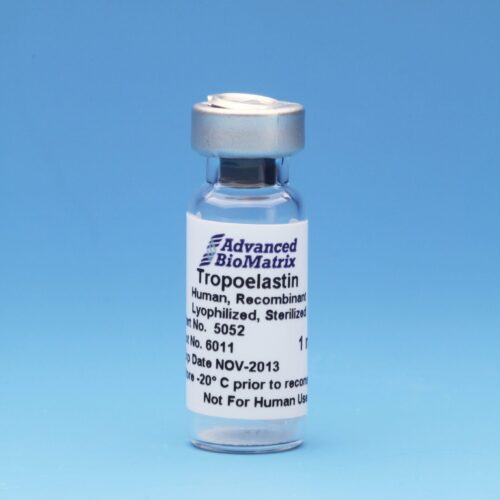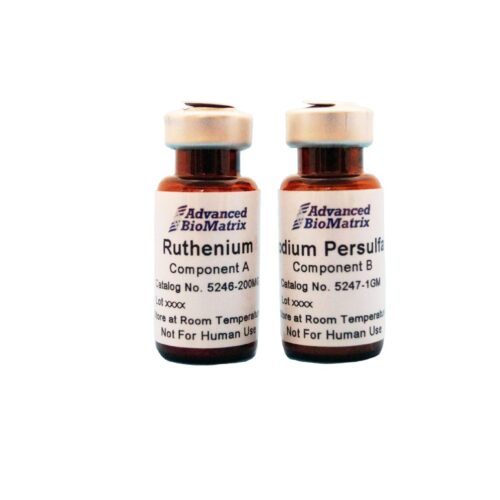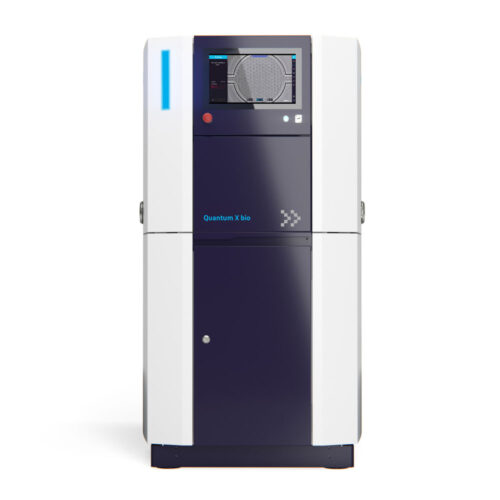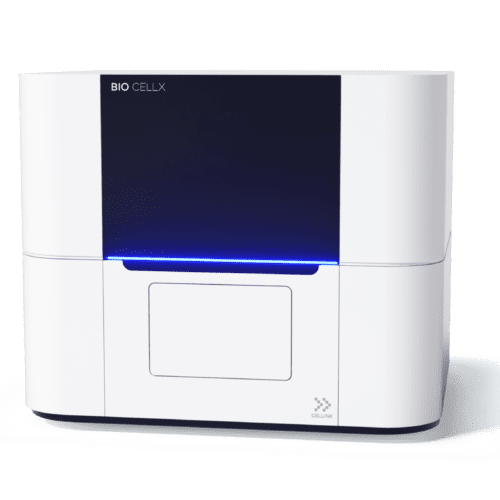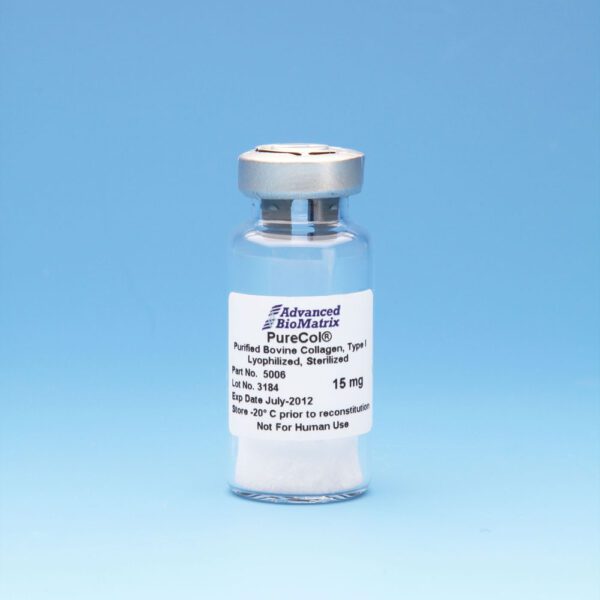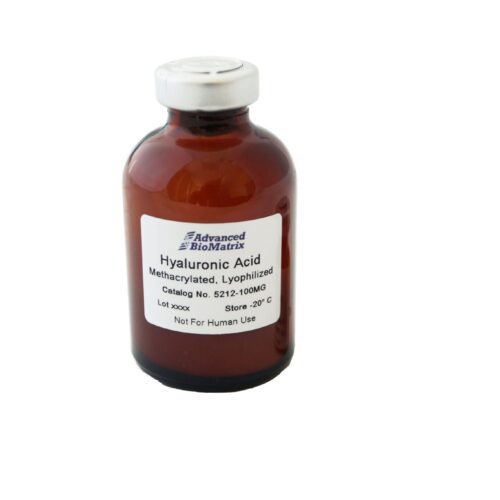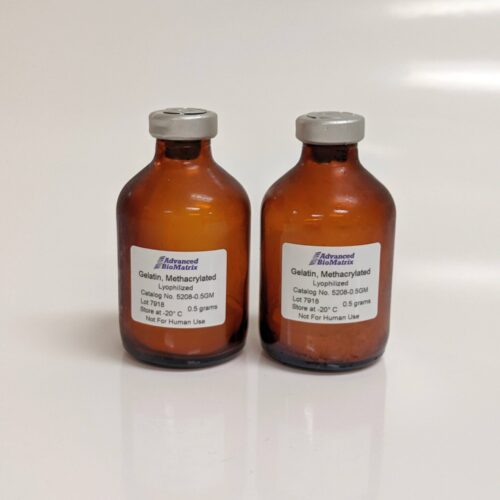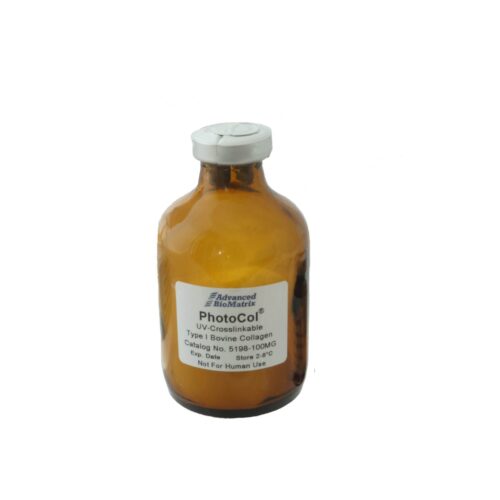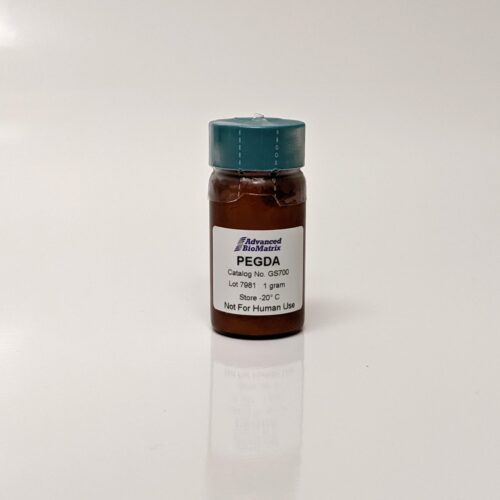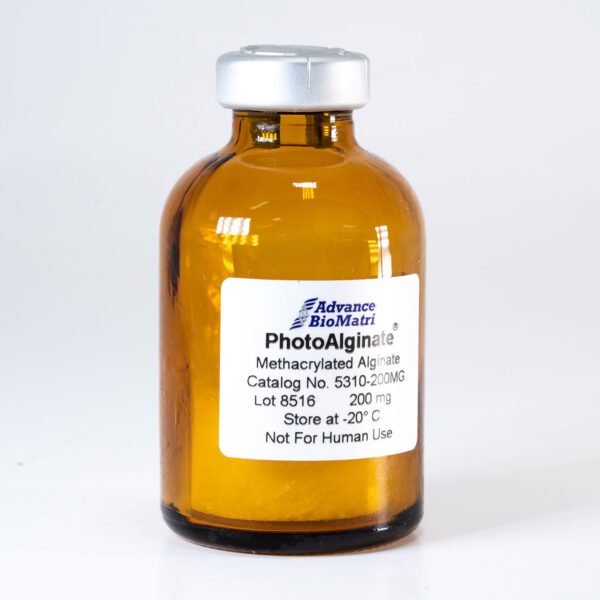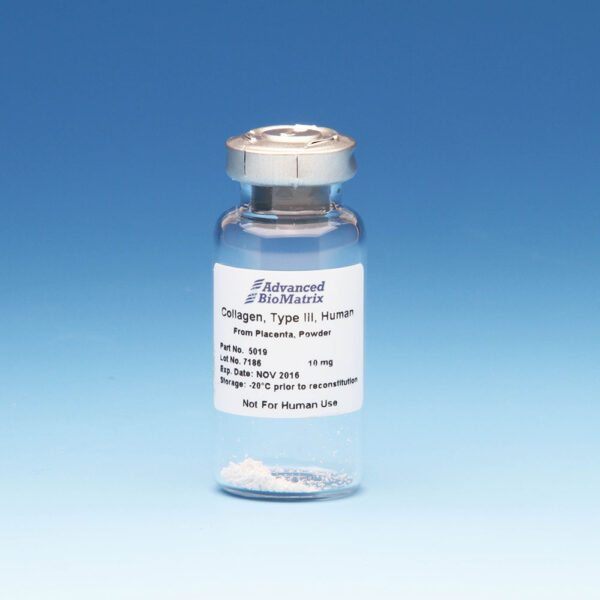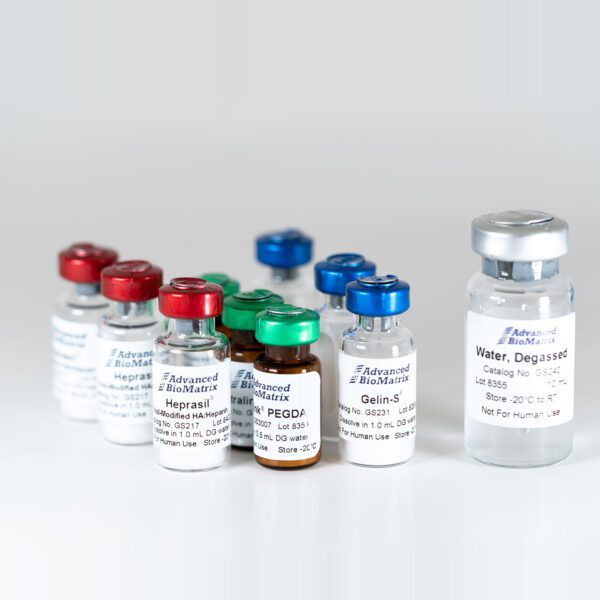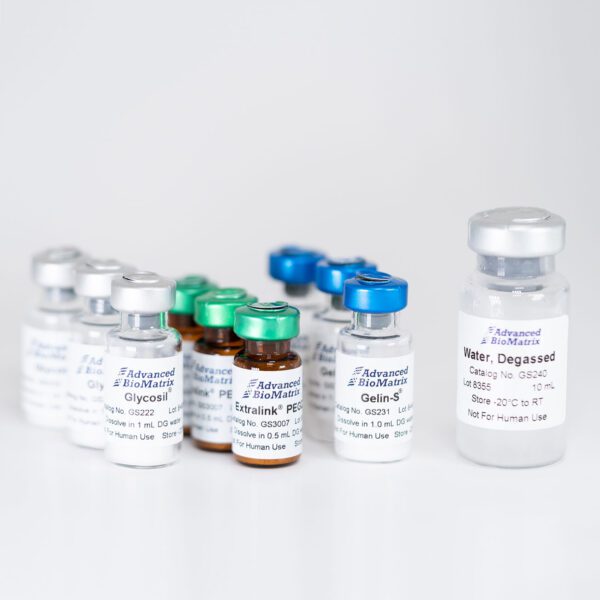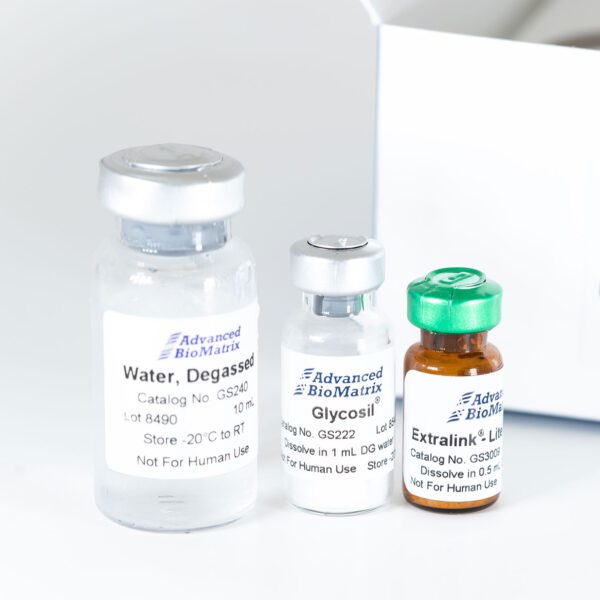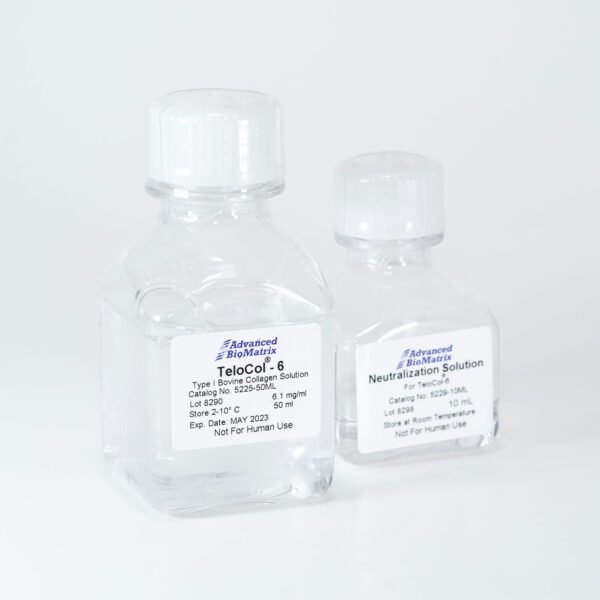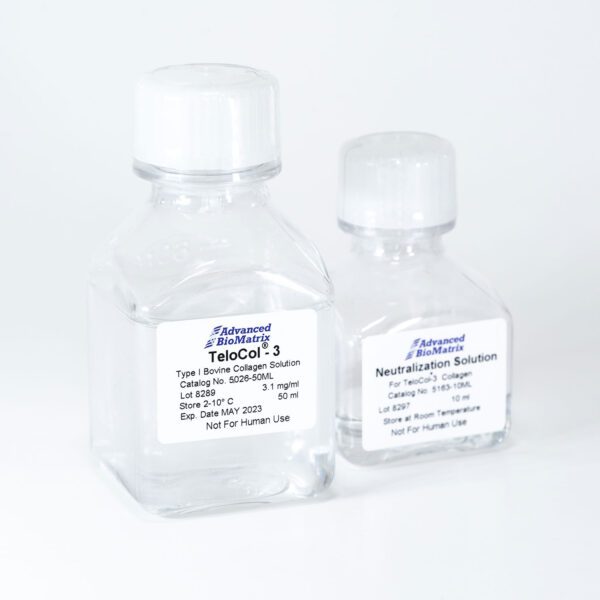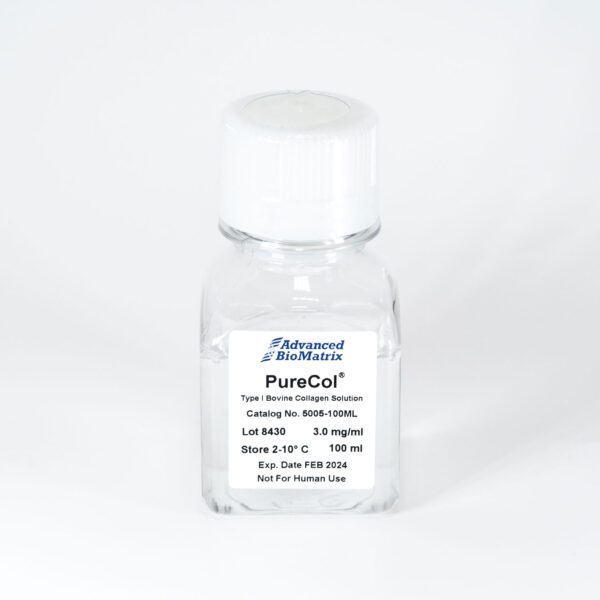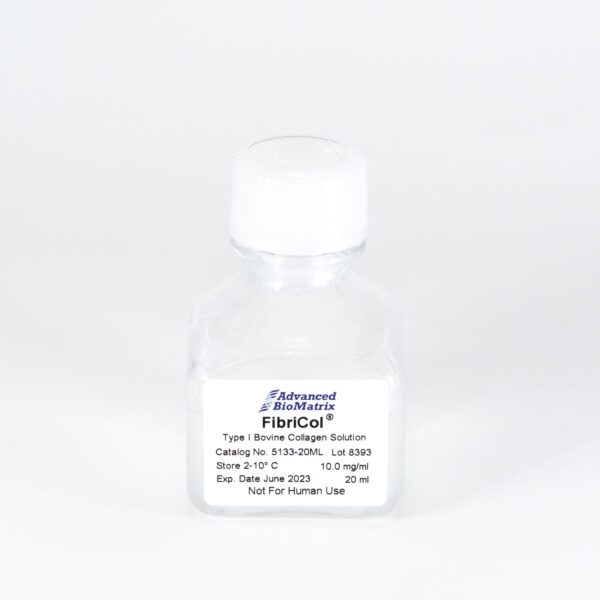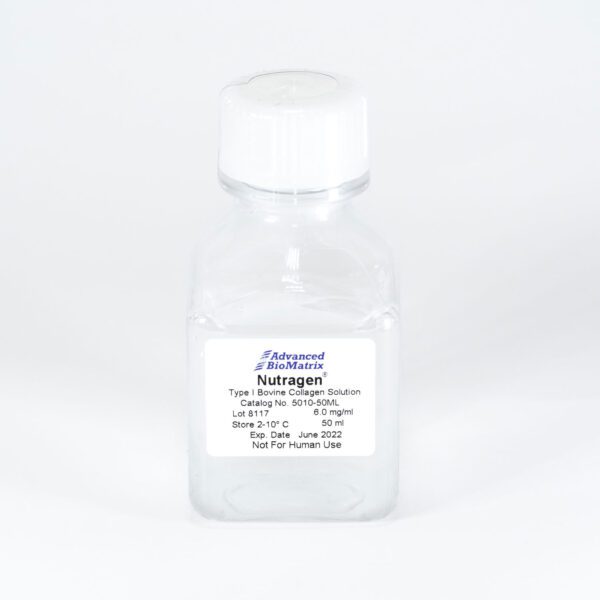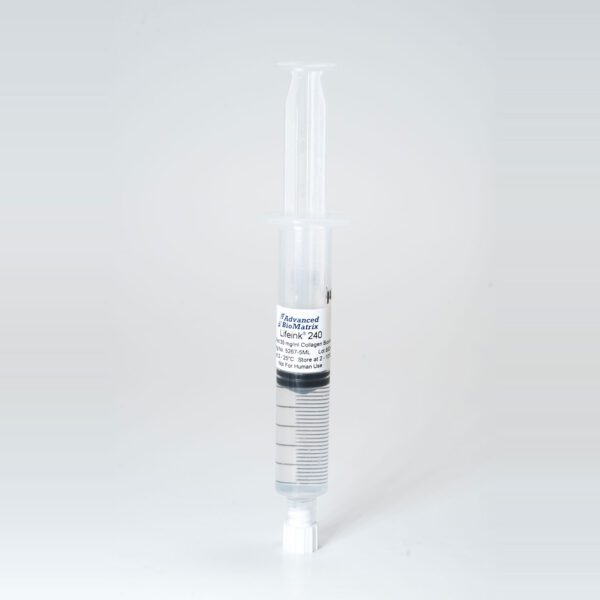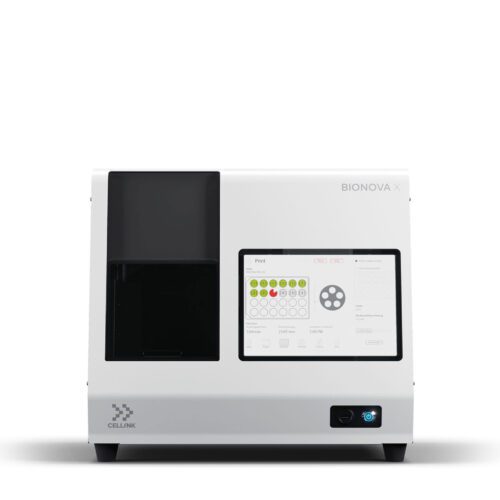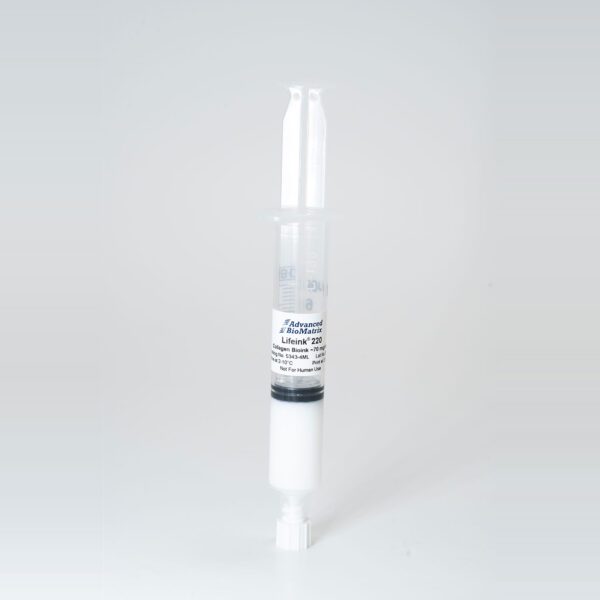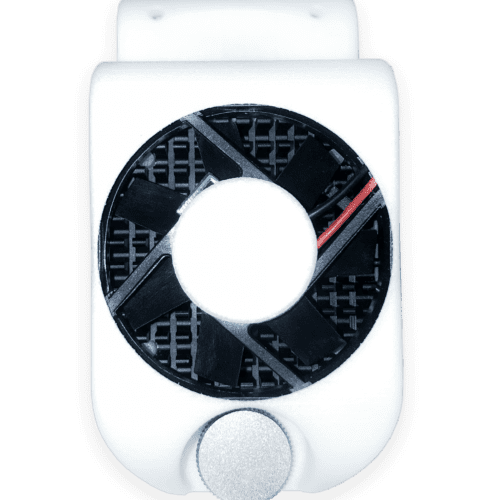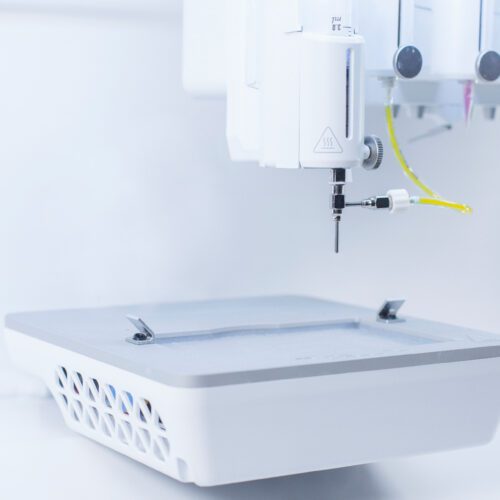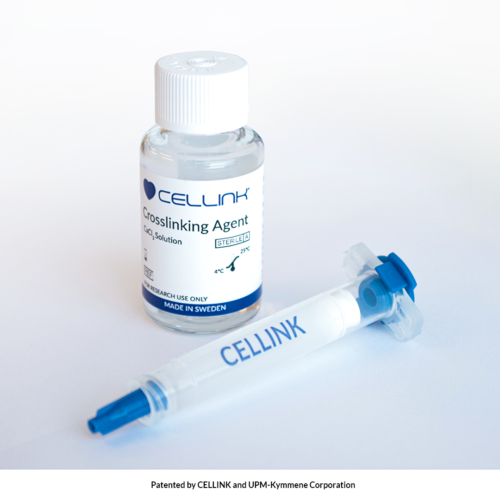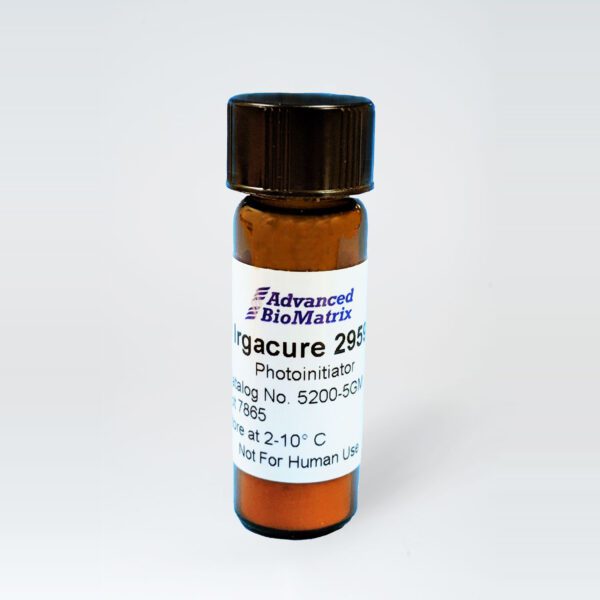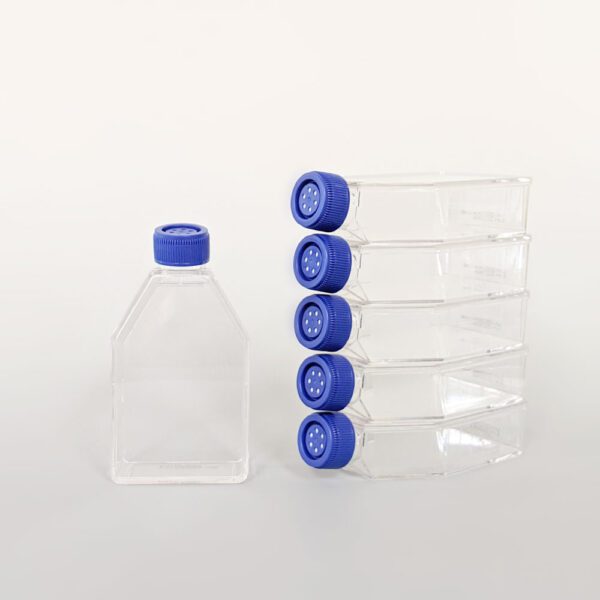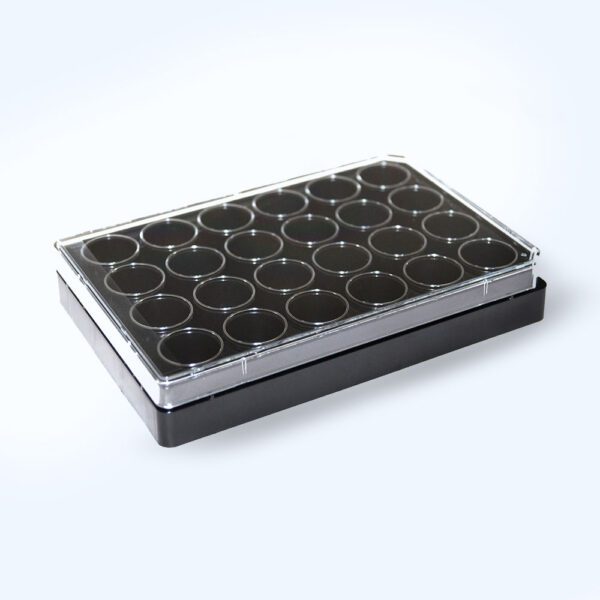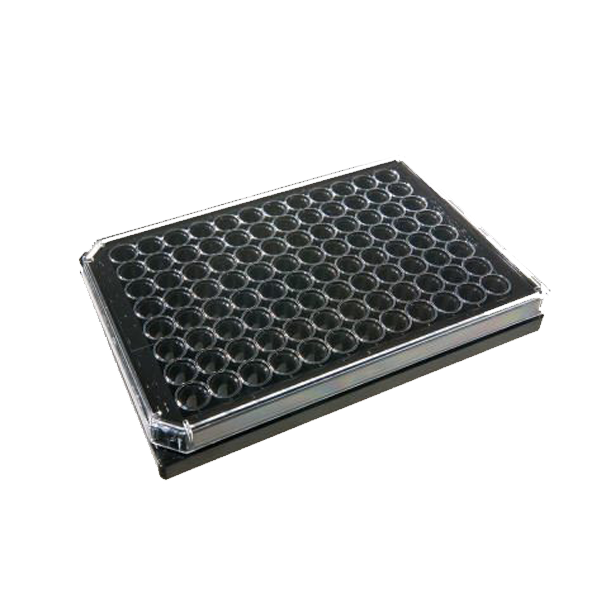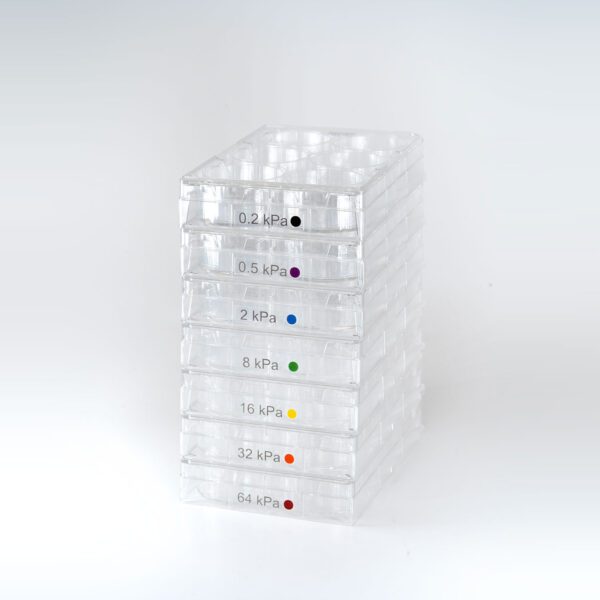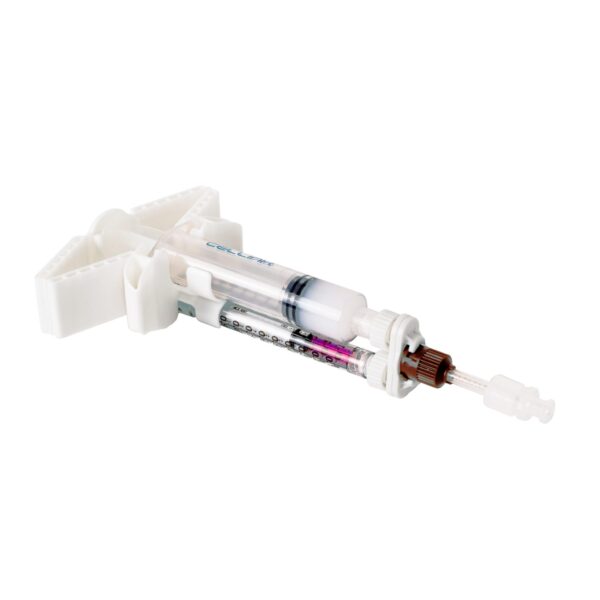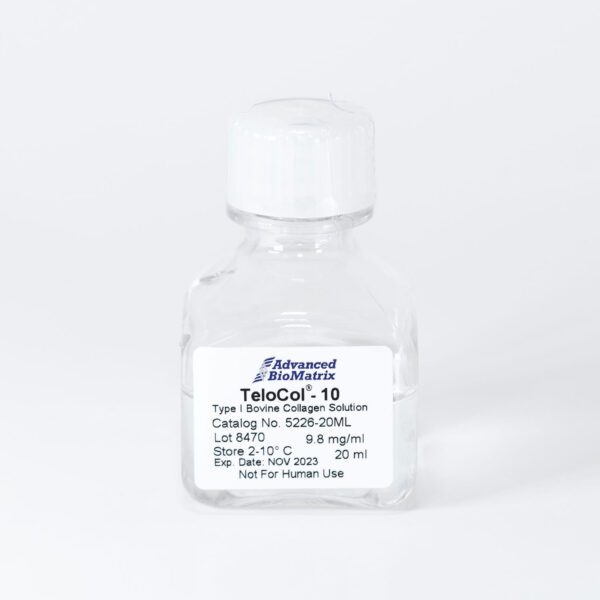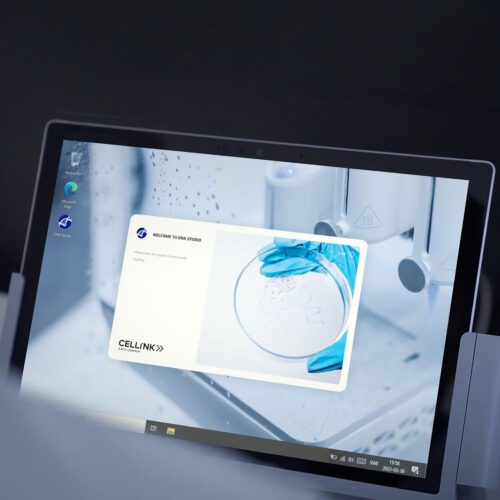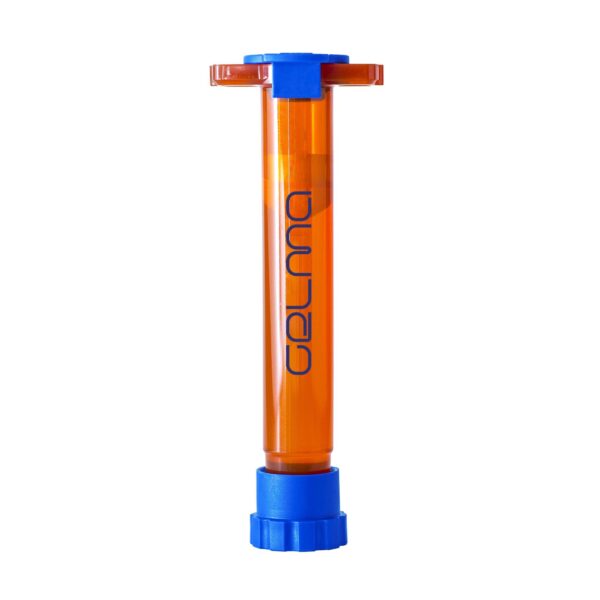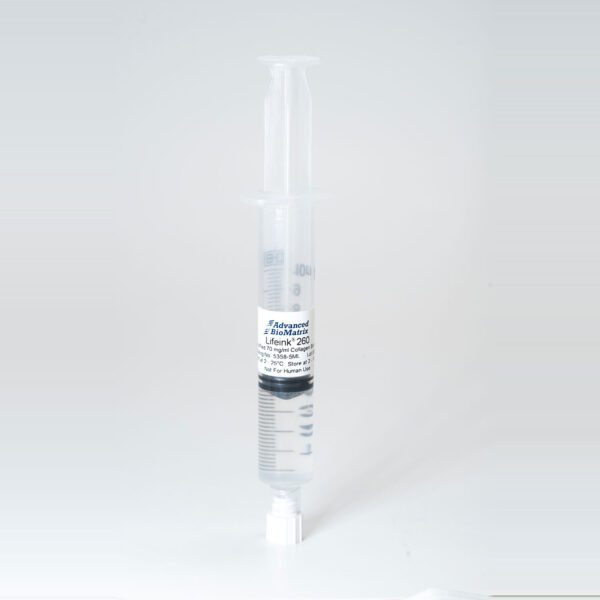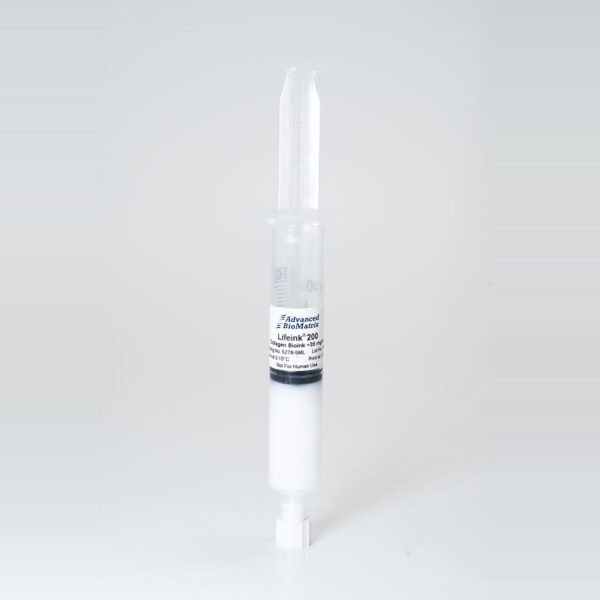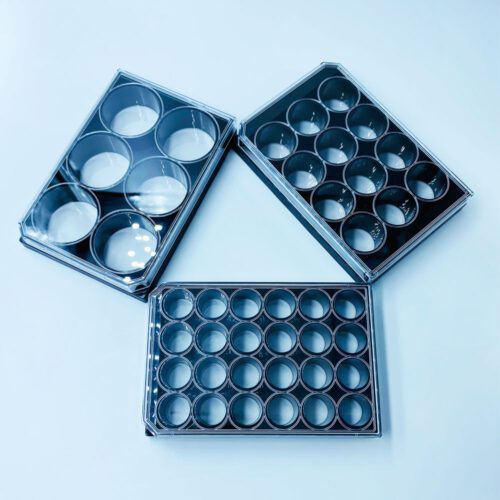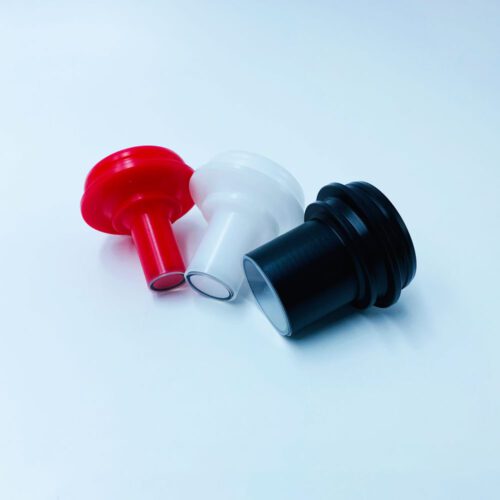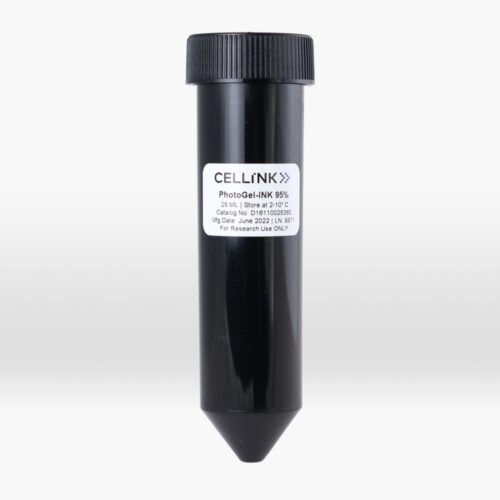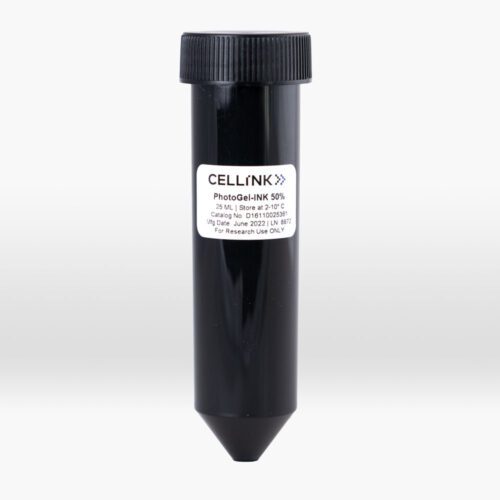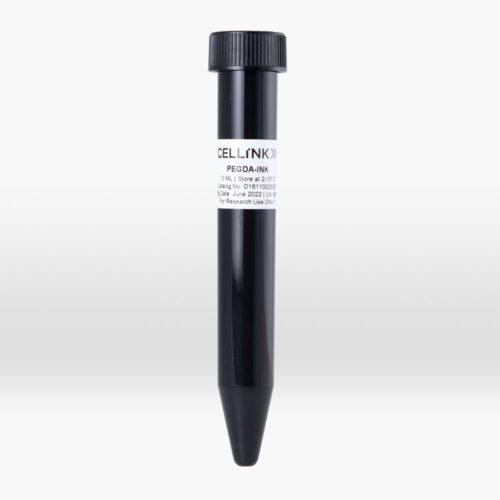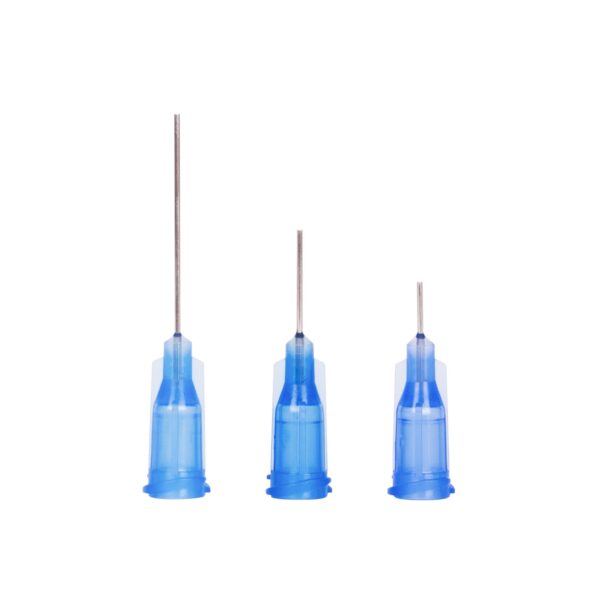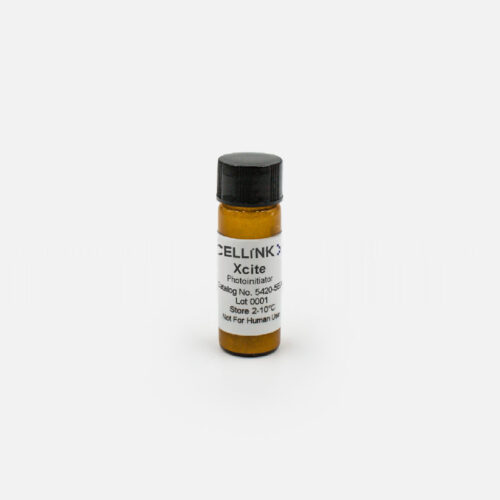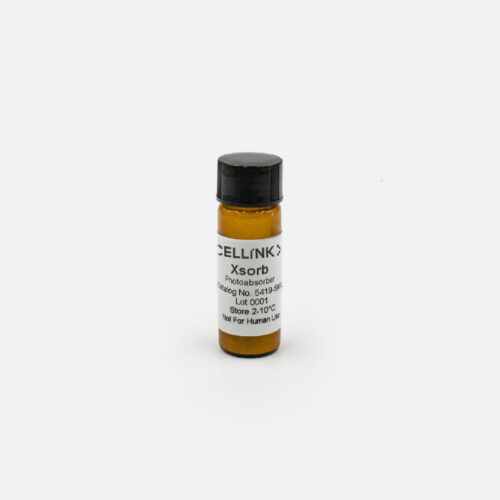Solution: BIOVIA Discovery studio for Drug Discovery
Benefits:
- -Less human intervention
- -Easy workflow and algorithm for docking multiple compounds
- -Cost-effective and time saving
- -Atomic level interaction, DFT and drug likeness prediction
CHALLENGE: Computational and experimental identification of sulfonamide compounds to treat bacterial strains
This customer utilised one of the BIOVIA scientific solutions for drug discovery—Discovery Studio—to address the most challenging issue of identifying the potential lead molecule to treat the bacterial strains.
It’s a well-known phenomenon that sulfonamide-based antibiotics are effective for treating malaria, leprosy, and bacterial infection.
This customer has strong skills in experimentally synthesising chemical compounds. Utilizing their meticulous approach led them to synthesise the derivatives of sulfonamide Schiff bases(1a–1e). Among various compounds, they would like to sort out the most prominent lead candidates.
Parallel approaches were implemented in this work on one hand the synthesized Schiff bases (1a-1e) compounds are screened experimentally and have been examined for in vitro antimicrobial activity against Gram positive (S. aureus ATCC21737) and Gram negative (S. typhi MTCC734, K. pneumoniae ATCC 714) bacterial strains and sulphonamide resistant pathogens (S. aureus, S. pyogenes, S. typhi, K. pneumoniae). On the other hand, molecular docking studies with DHPS (dihydropteroate synthase) protein structure (PDB ID)) establish the most preferred mode of interaction. Docking is a useful tool to think about the most preferred mode of binding of a small molecule to its target protein. Further, with ADMET filtration for evaluation of drug-like characteristics.
RESULT: Experimental correlation with the computational study
Sulfonamide Schiff bases of 2-hydroxynaphthaldehyde have been characterised and tested for antimicrobial activity against Gram-positive and Gram-negative bacteria. These are more effective than their parent sulfonamides (MIC of sulfonamides >512 μg/ml). Docking studies of all the Schiff bases (1a-1e) have been performed with the DHPS (Dihydroptorate synthase) (PDB ID…)using the CDOCKER tool in Receptor-Ligand Interaction module of Discovery Studio.
Their research findings are more interesting, and it sounds great that all the Schiff bases (1a–1e) are almost comparable with…(with any reference drug or with parent sulfonamides only…need to mention with comparable activity values)in terms of their antimicrobial activity, and the docking studies also support the experimental study. However, the best compounds among the synthesised sulphonamide derivatives (1a-1e) were discovered during screening or sorting. It is observed that 1c (sulfadiazine derivative) and 1d (sulfamerazine derivative) are the two best compounds. The results are outstanding.
The best compounds also obey drug-likeness, Lipinski’s rule of five, pharmacokinetics, and good binding affinity. The best compounds (1a and 1e) docking results are illustrated below.

1a: Compound docked inside the binding pocket of DHPS

1e: Compound docked inside the binding pocket of DHPS
Hence, in a shorter span of time, they achieved their scope to develop antimicrobial drugs with supportive research data using the discovery studio suite. These compounds are better than antibiotics with high efficiency and the least toxicity.
SOLUTION: DISCOVERY STUDIO computational results bolstered their work
Over 90-80% of new drugs fail in the drug market and investigational studies due to poor ADMET (adsorption, distribution, metabolism, excretion, and toxicity). The ADMET tools of BIOVIA Discovery Studio built using machine learning algorithms ease the researcher’s activity by providing the ADMET property along with drug likeness prediction.

Furthermore, deeper insight into atom-atom molecular dynamic docking (CDOCKER) to understand the binding pattern of compounds. All these techniques pave the easy road to success in drug discovery.
Cite: S. Mondal, S.M. Mandal, T.K. Mondal, C. Sinha, Spectroscopic characterization, antimicrobial activity, DFT computation and docking studies of sulfonamide Schiff bases, Journal of Molecular Structure (2016).
Acknowledgement
We, team, thank Dr. Dr.Sudipta Mondal of NIT Durgapur for sharing her research published as a case study.
This case study publication can be accessed through the doi: 10.1016/j.molstruc.2016.08.011.
Publication Date : October, 2022
